Category: History
In 1975 Giuseppe Perugini published a book wit hthe Italian publisher Nuova Dimensione.
In the book, Perugini describes in detail how his architectural and compositional language developed from the Monument in Fosse, the reconstruction of San Germano 1955, the first ideas of the pre-fab frame houses in the Ina-Casa Competition to the Casa Sperimentale.
In the second half, he explores ideas of a cybernetic architecture through the Cybernetic Hospital, the Vienna Competition, the Strait of Messina bridge etc.
The last part explores ideas of practical pre-fab housing models.
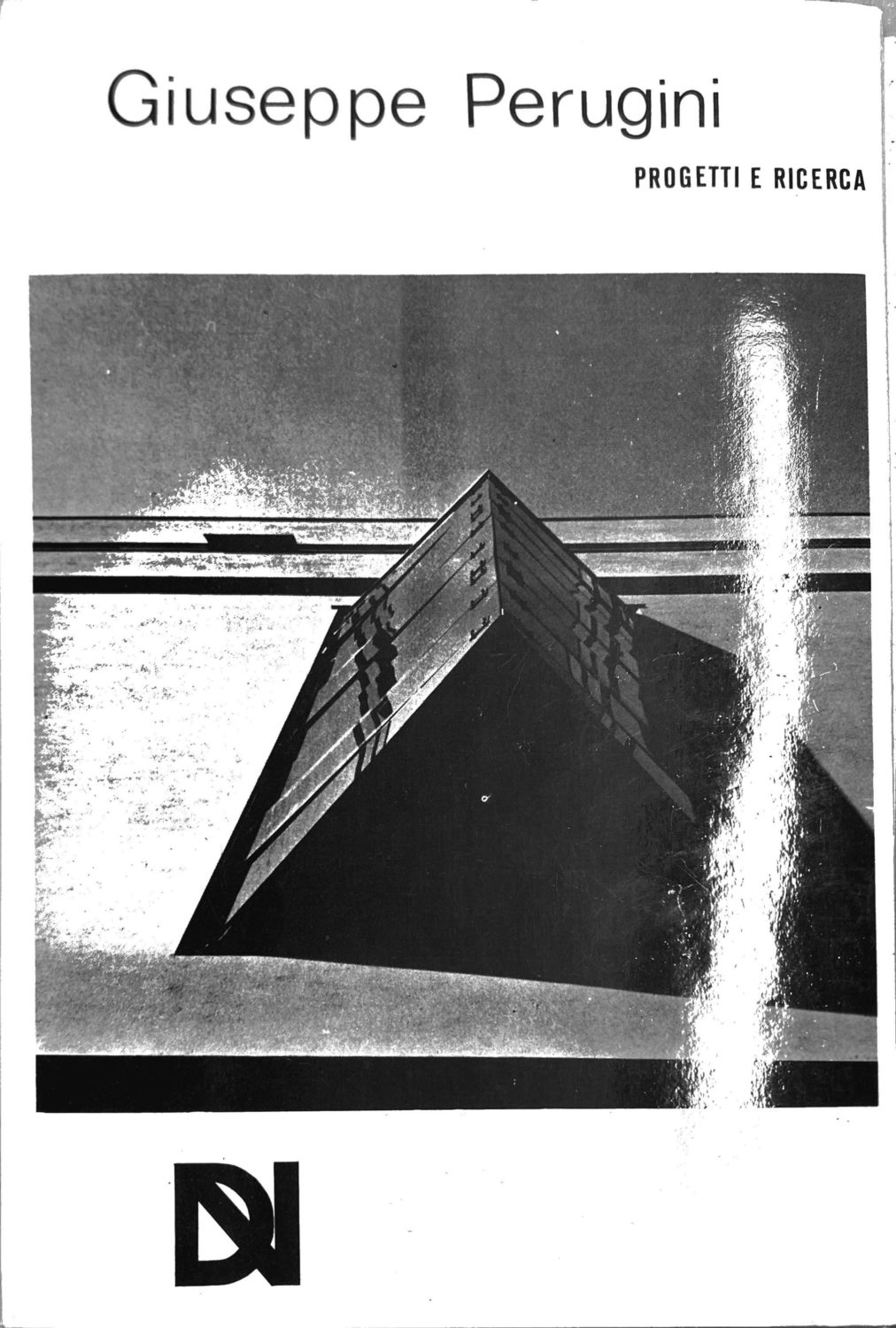
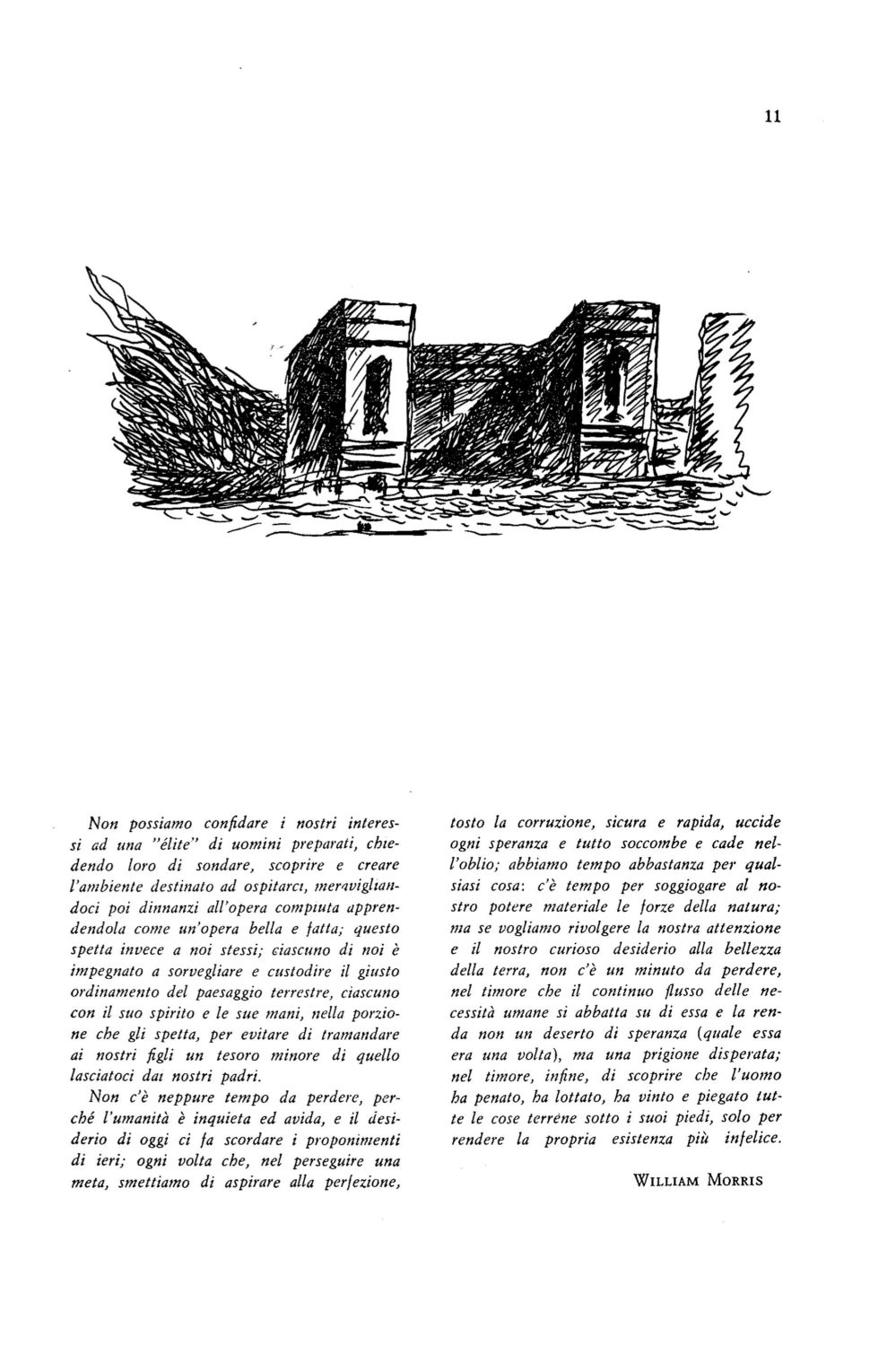
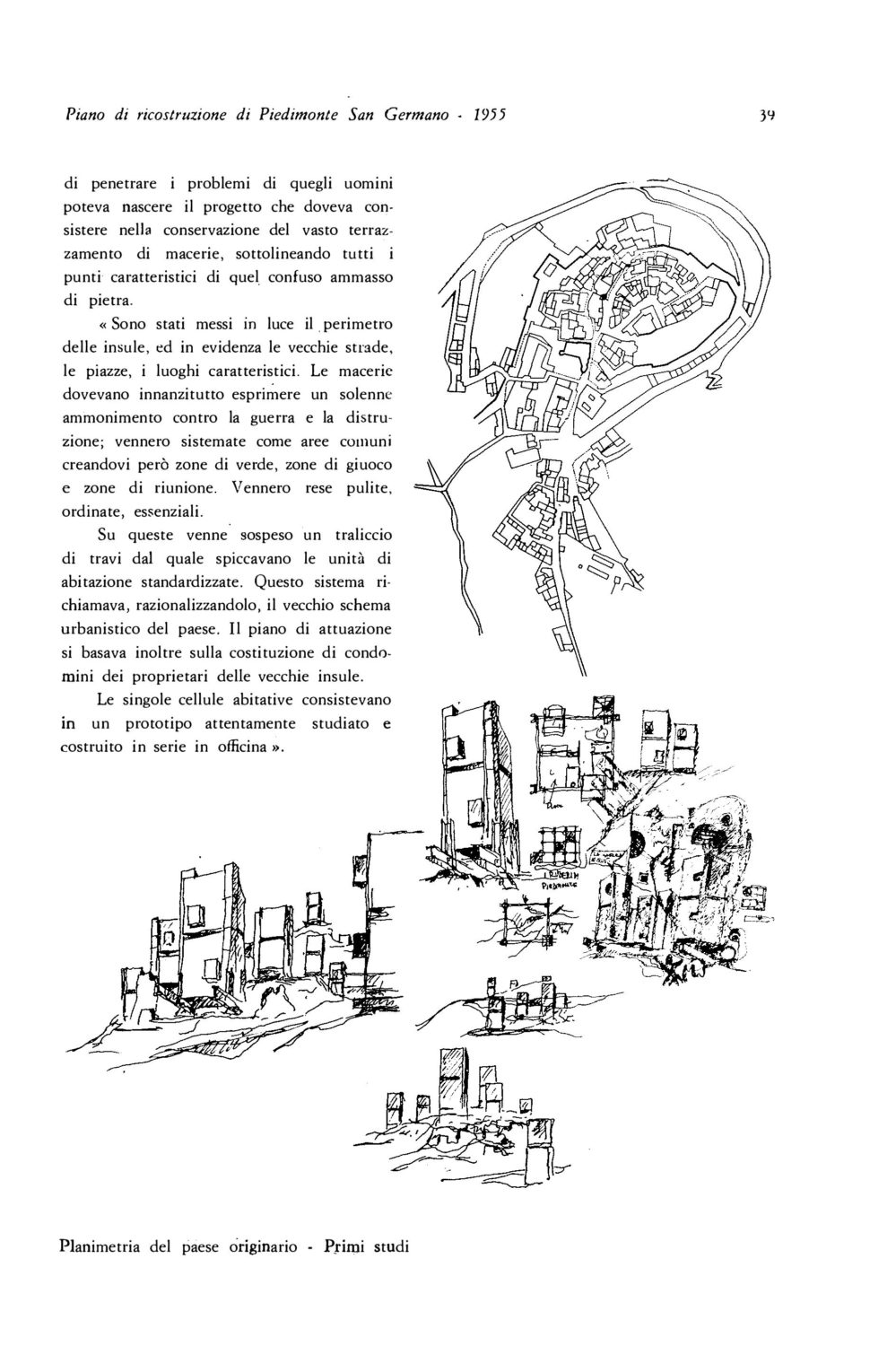
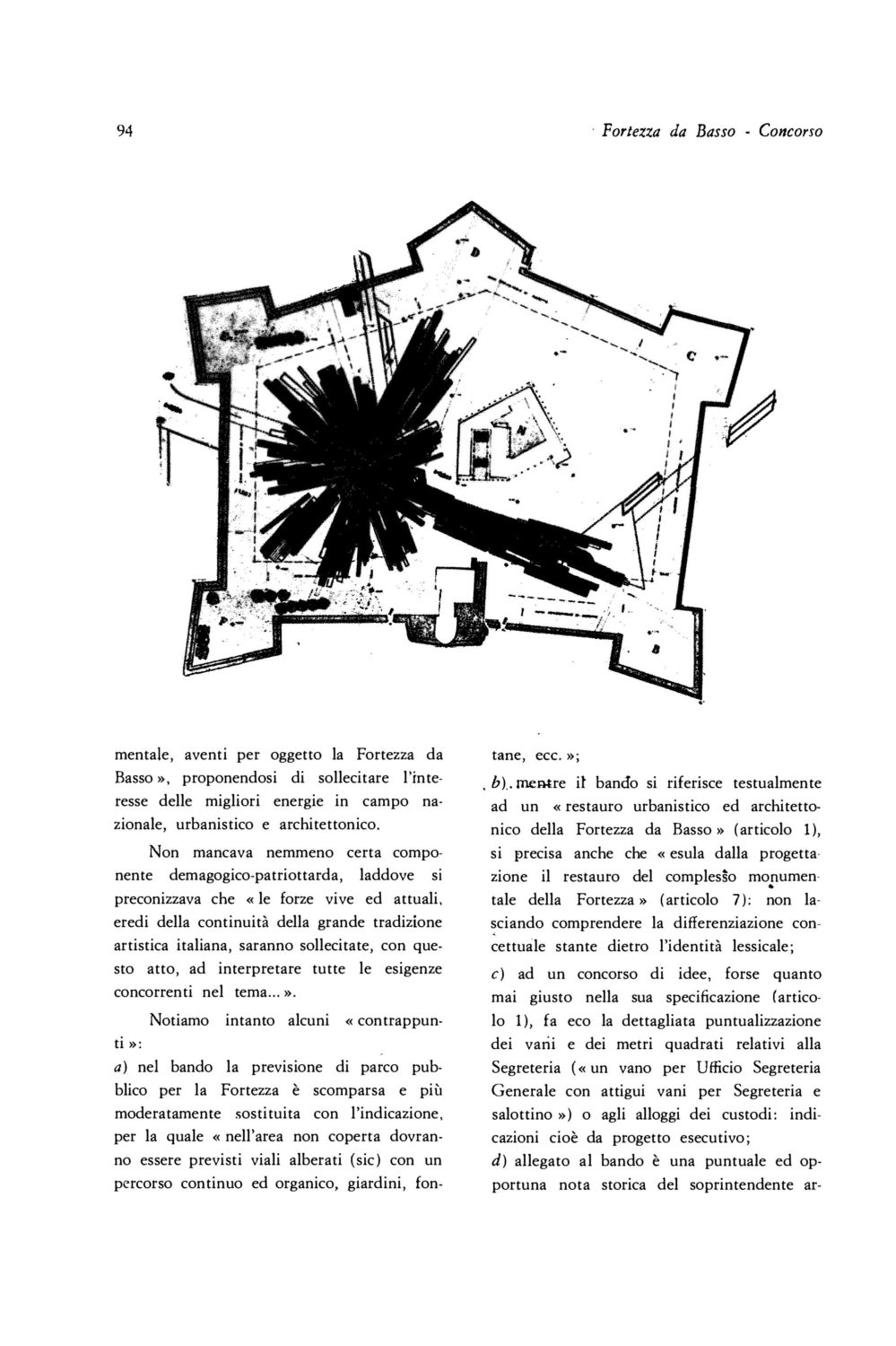
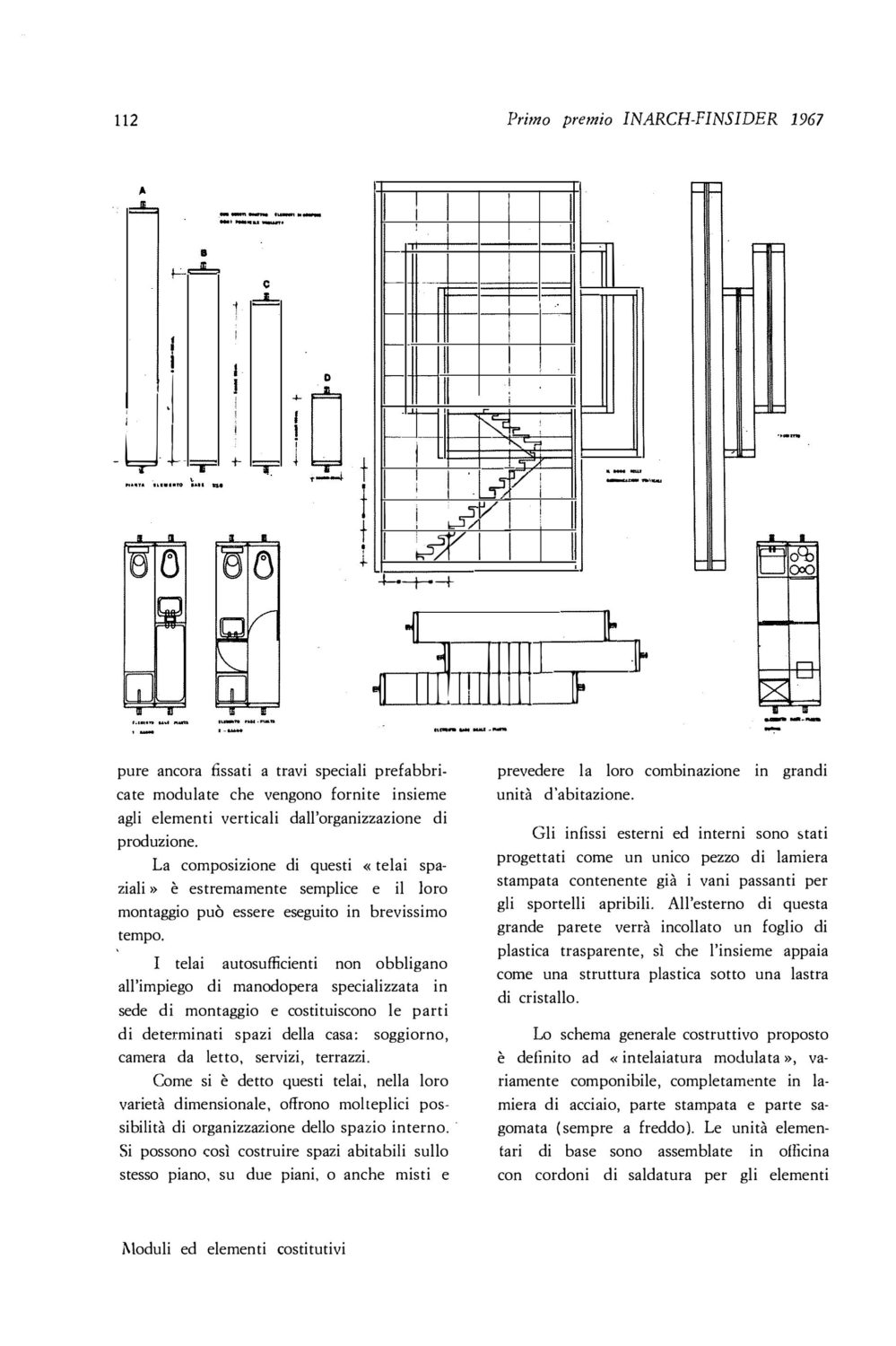
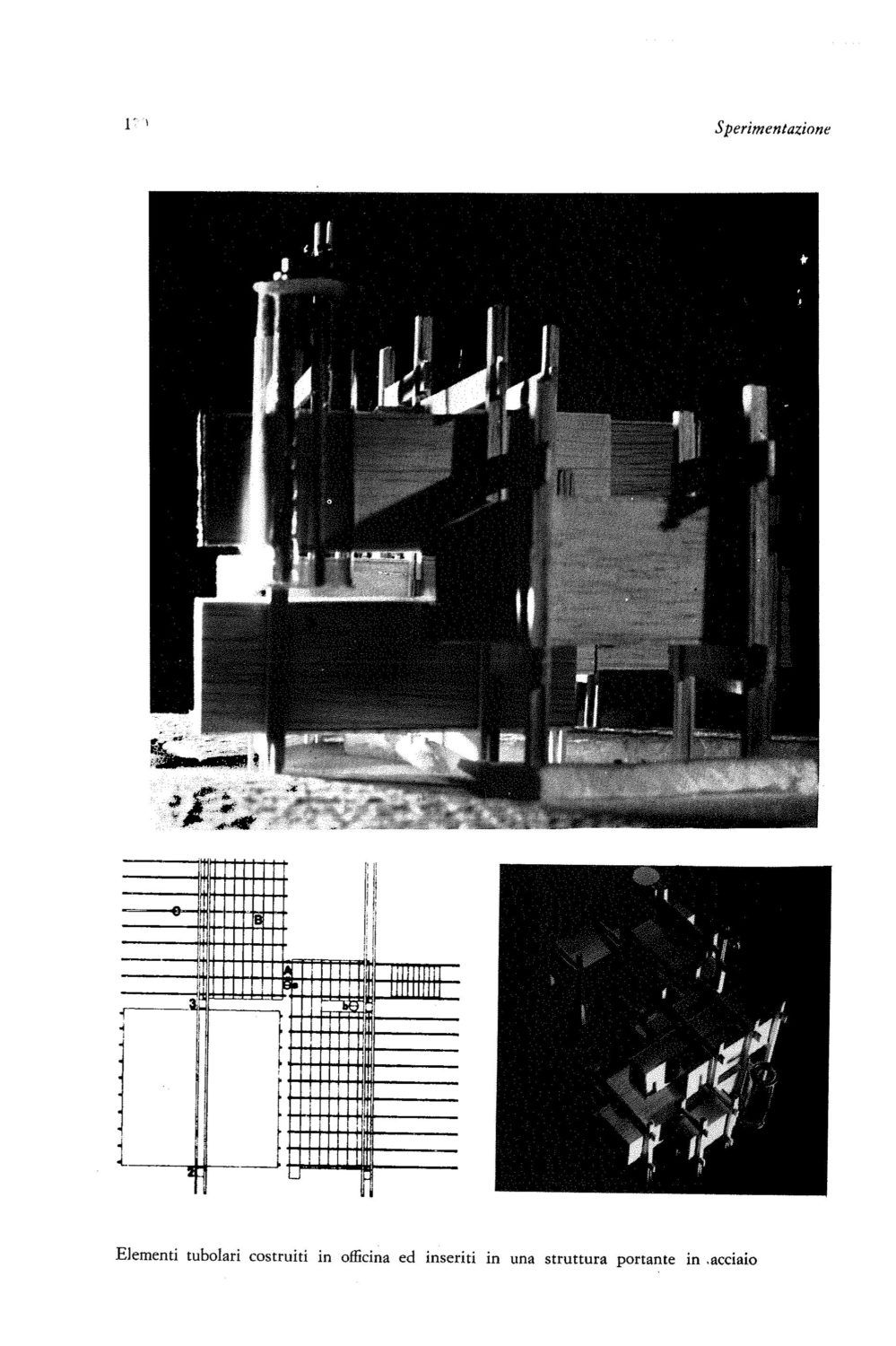
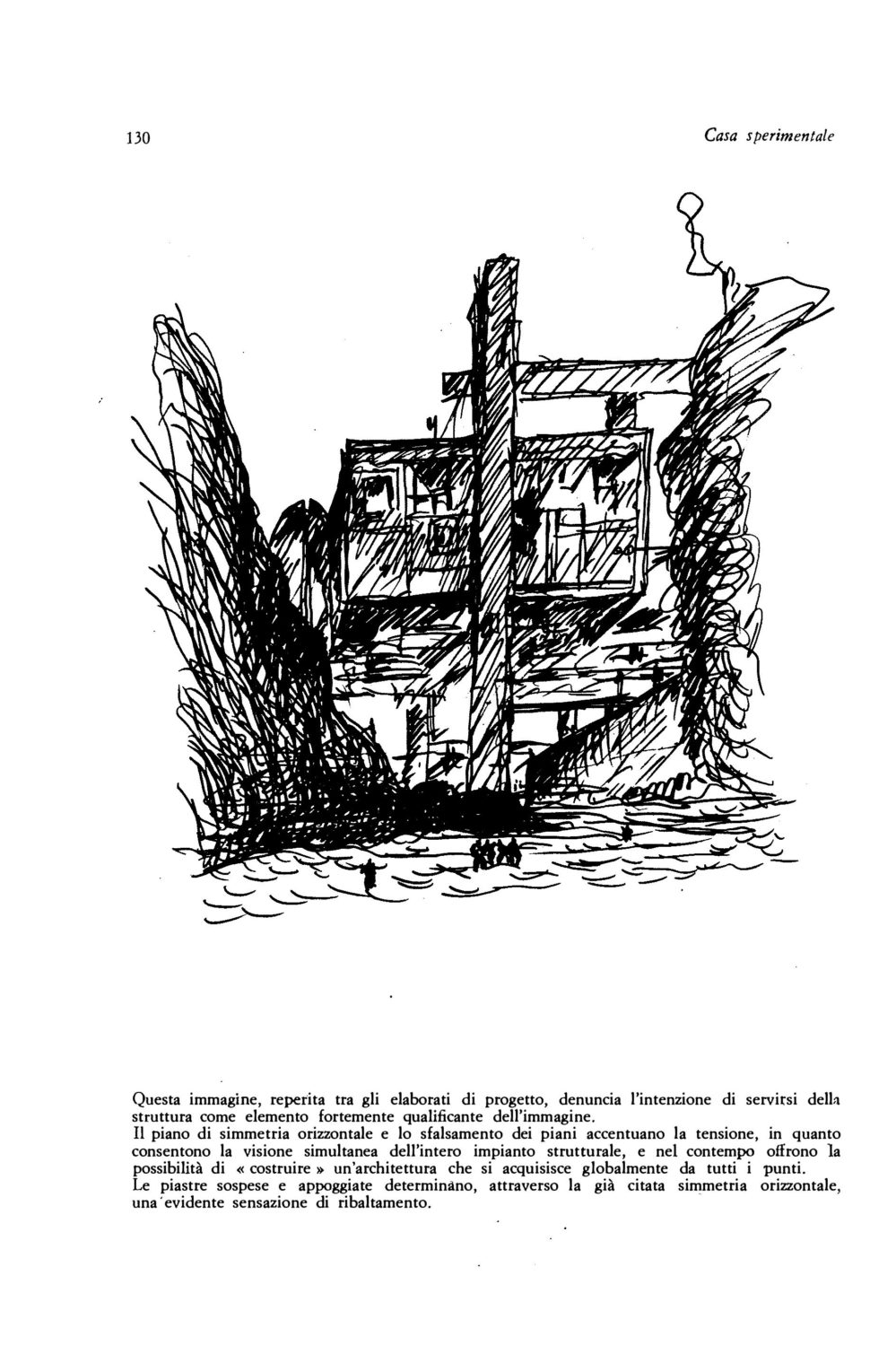
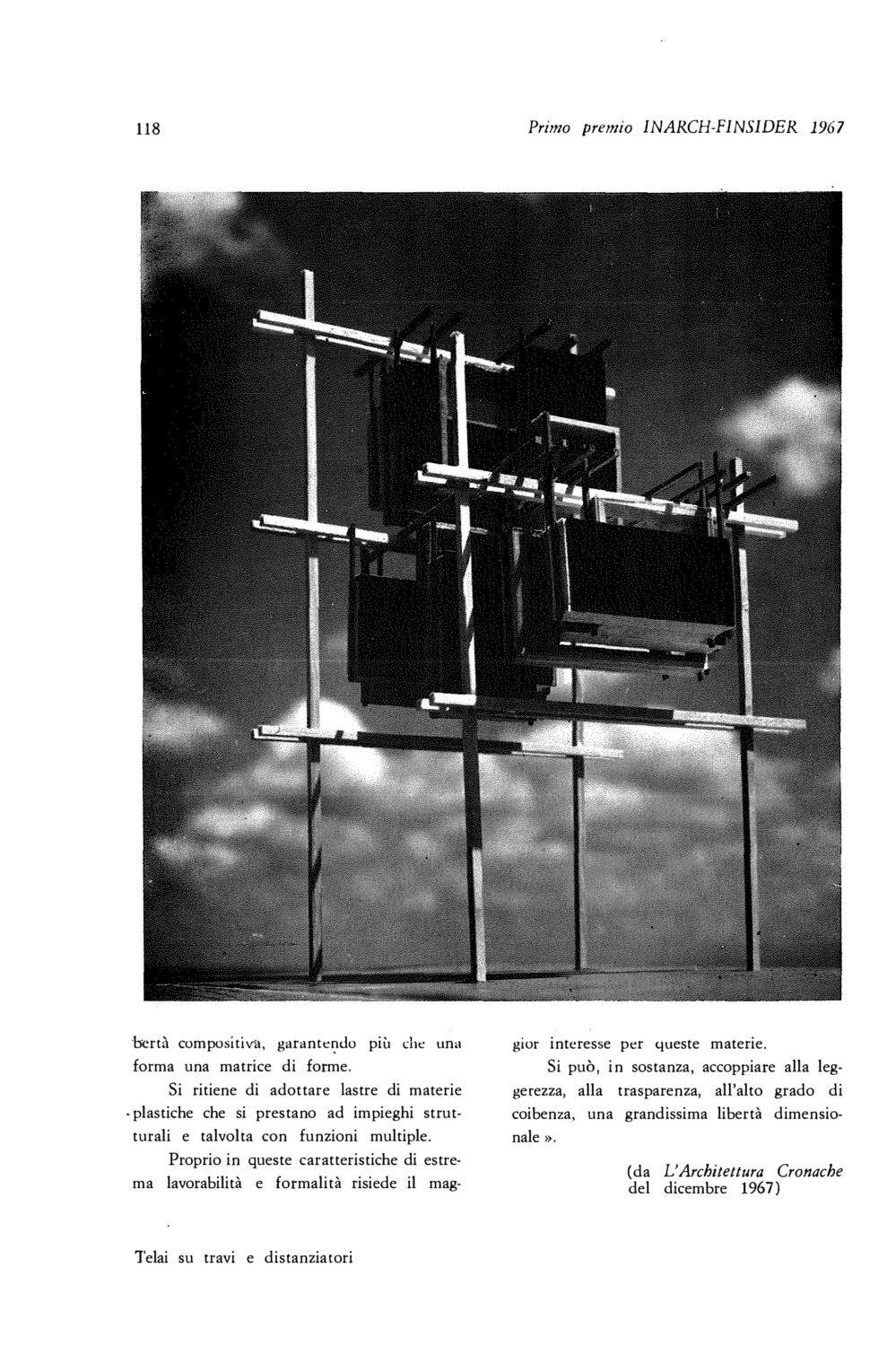
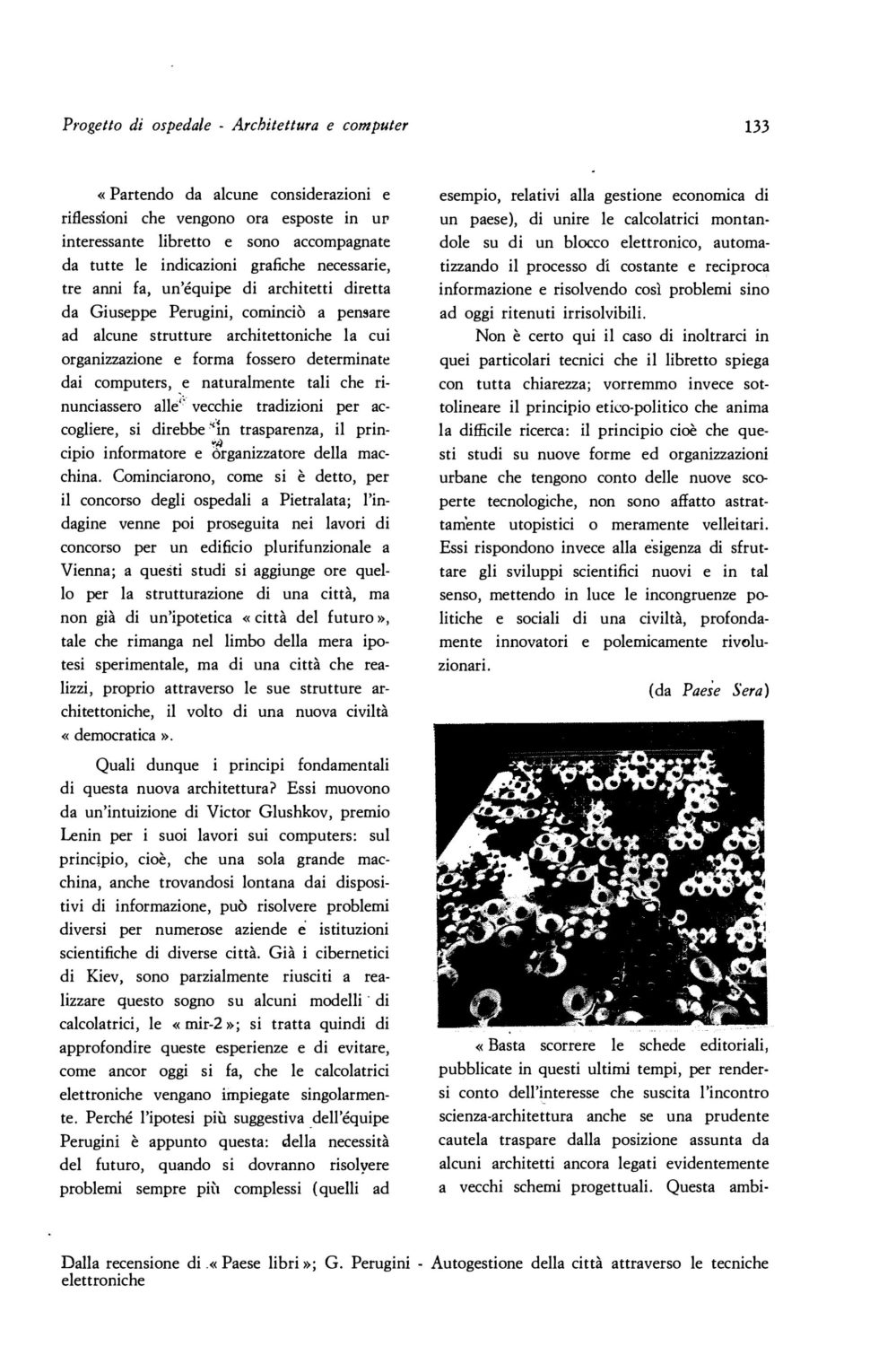
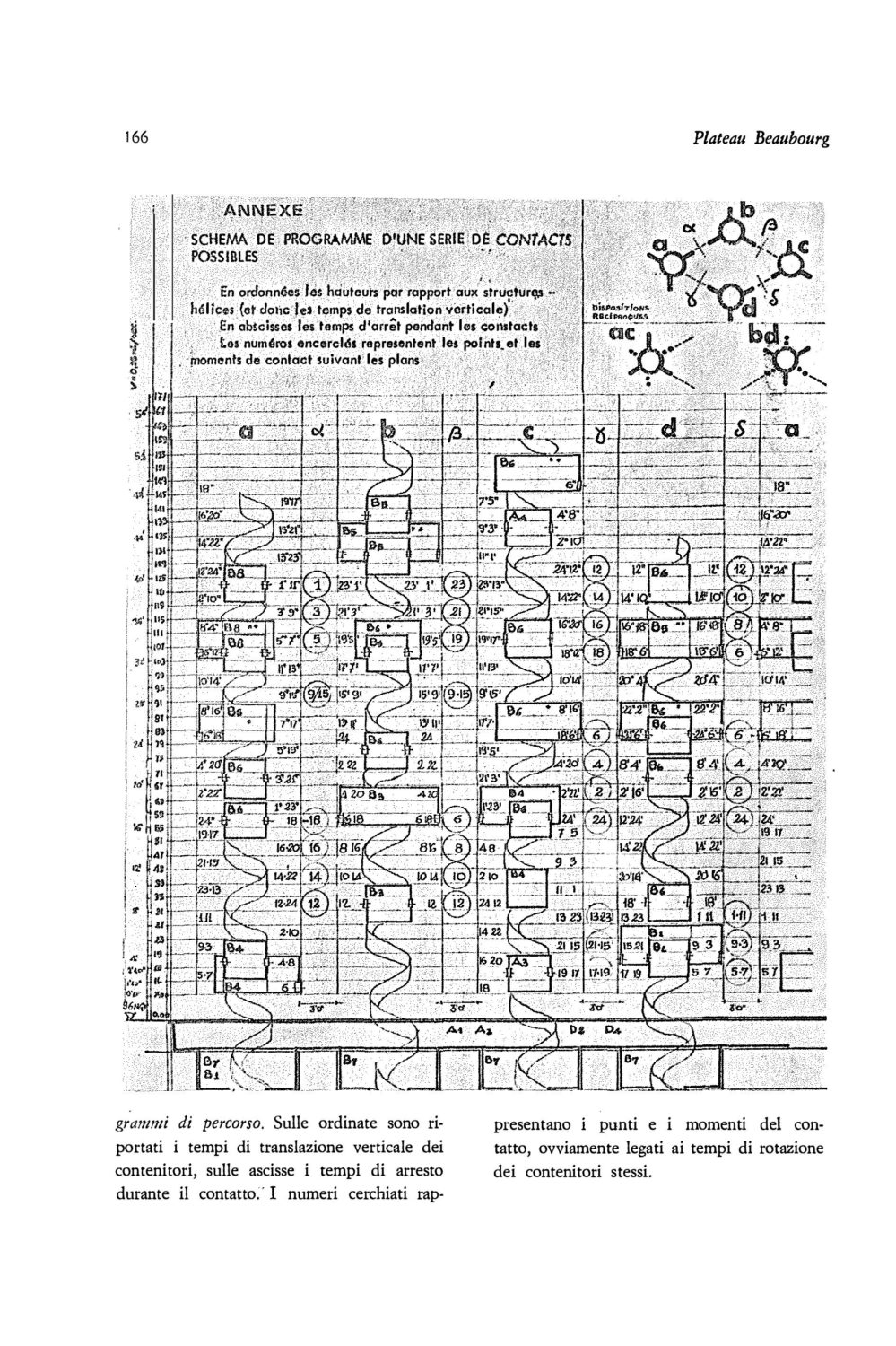
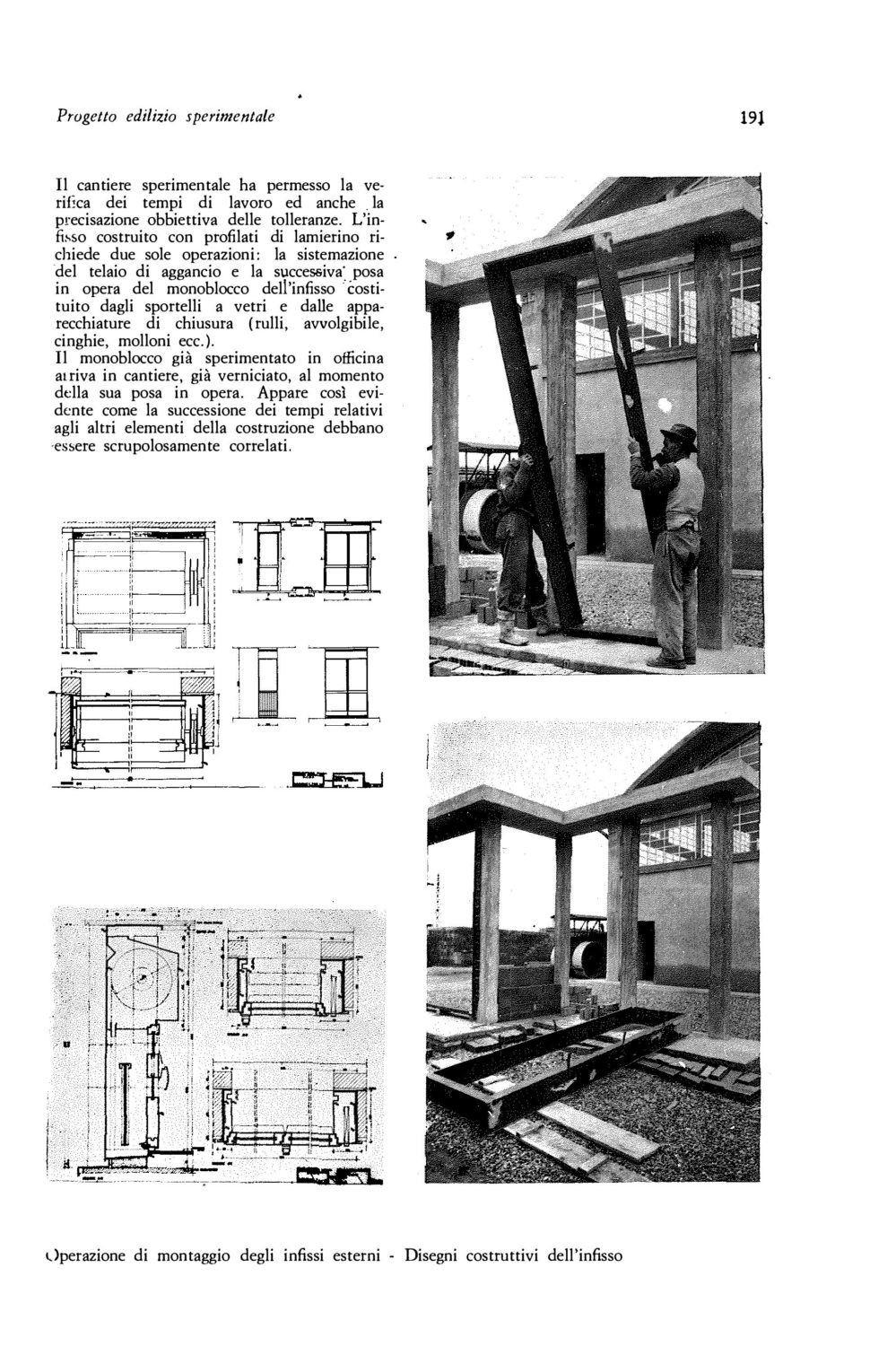
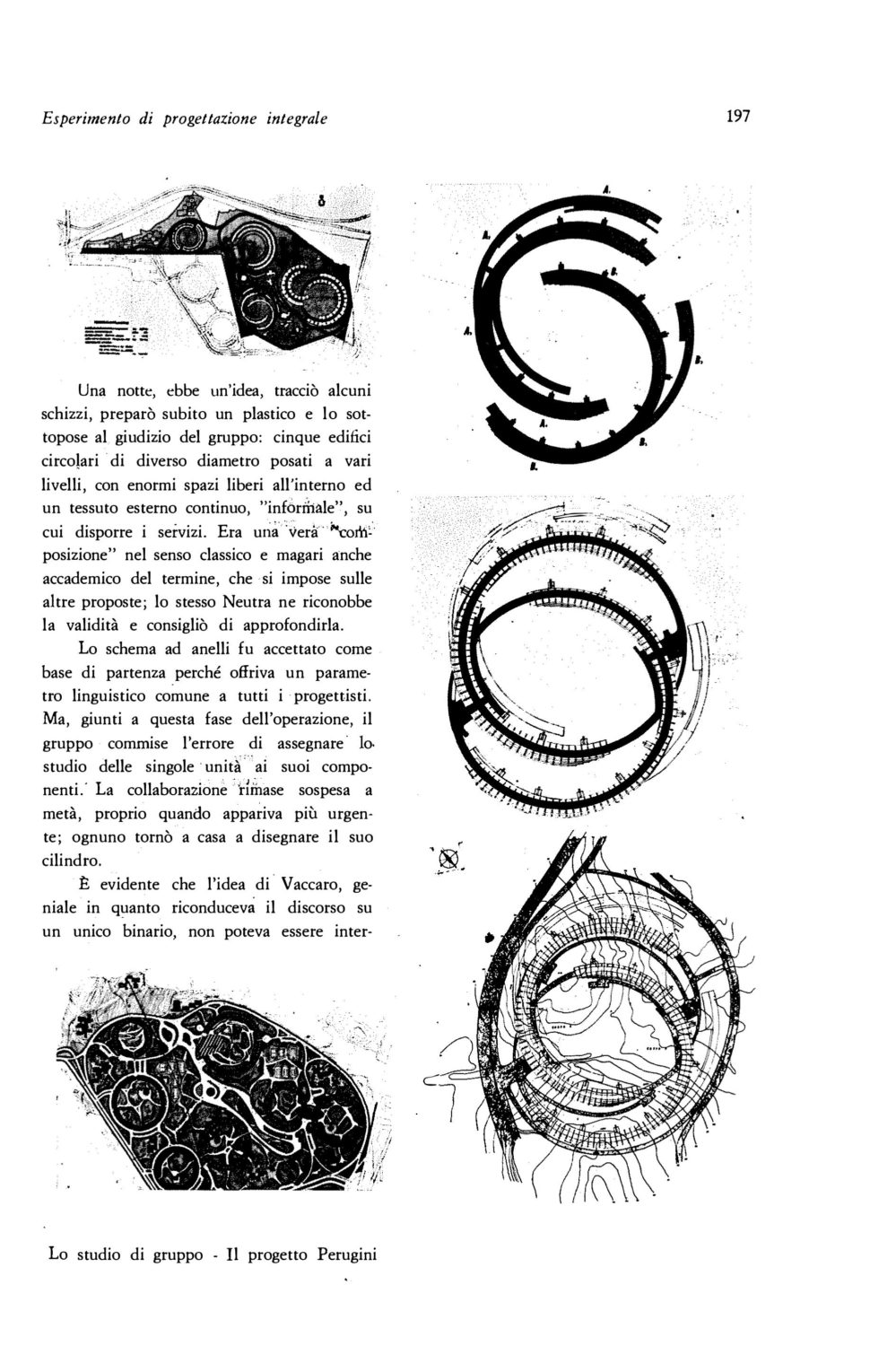
Giuseppe Perugini published this book in 1969 with an Italian publisher Nuova Dimensione.
IN thsi self-published book Perugini speculates on some ideas about a cybernetic architecture. He describes three projects:
The Ospedale Cibernitica
Edificio Plurifunzionale
Una Citta
Some of these ideas are more explored in the book Progetti E Ricerca published by the same publisher in 1975.
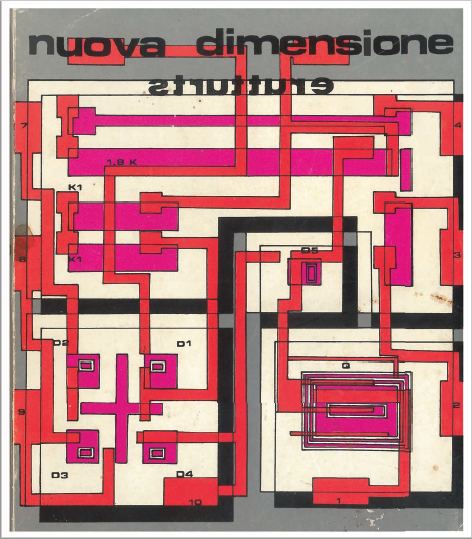
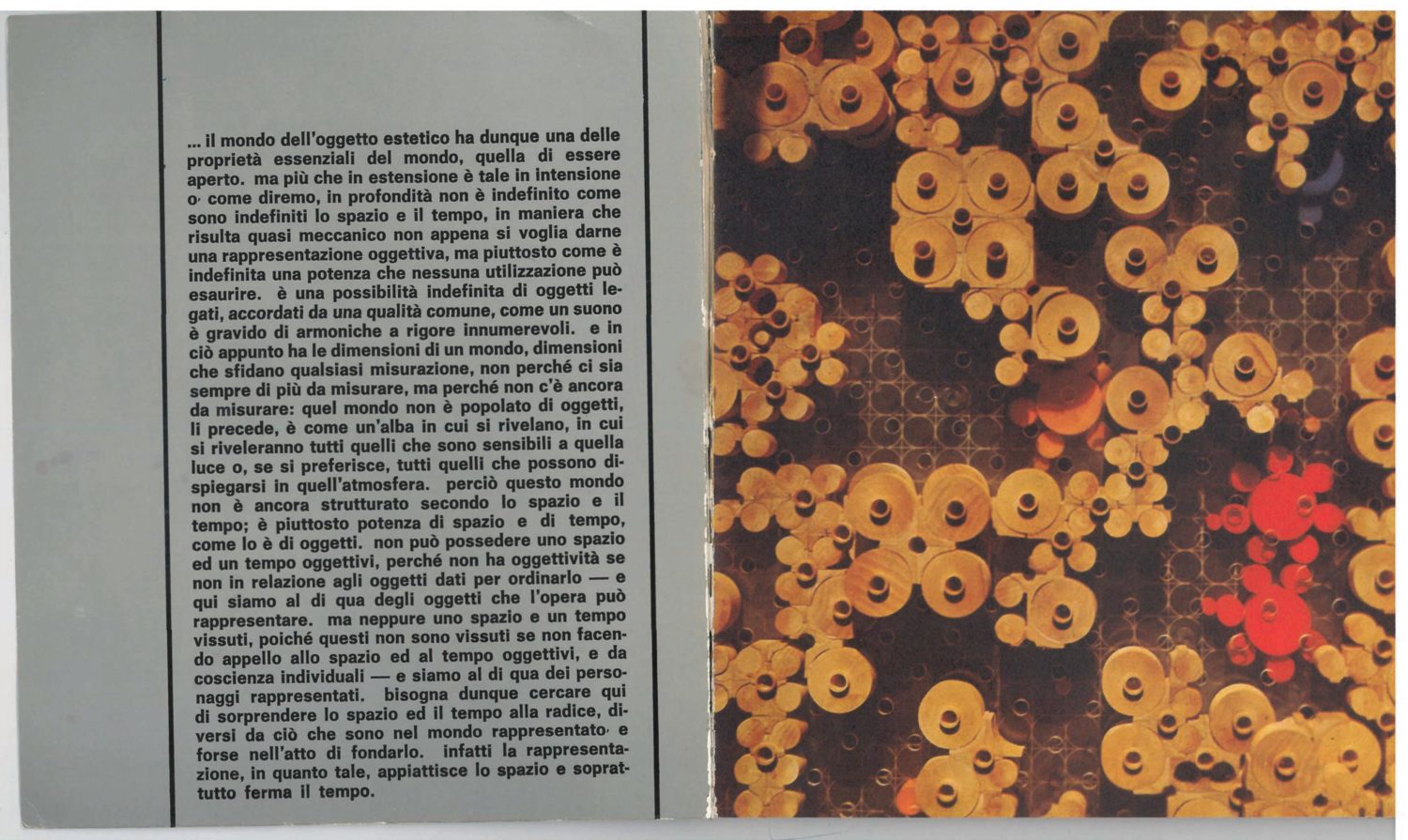
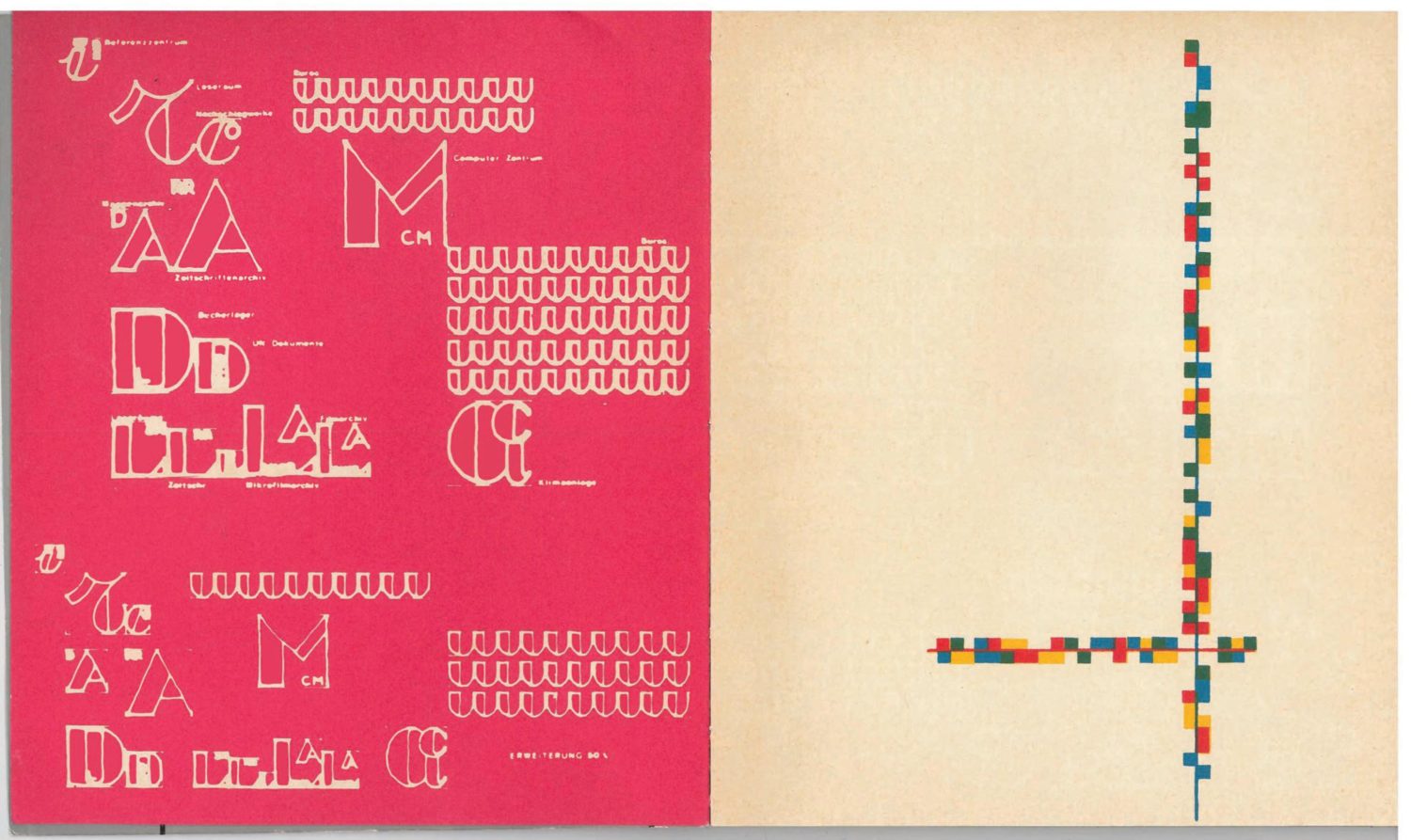
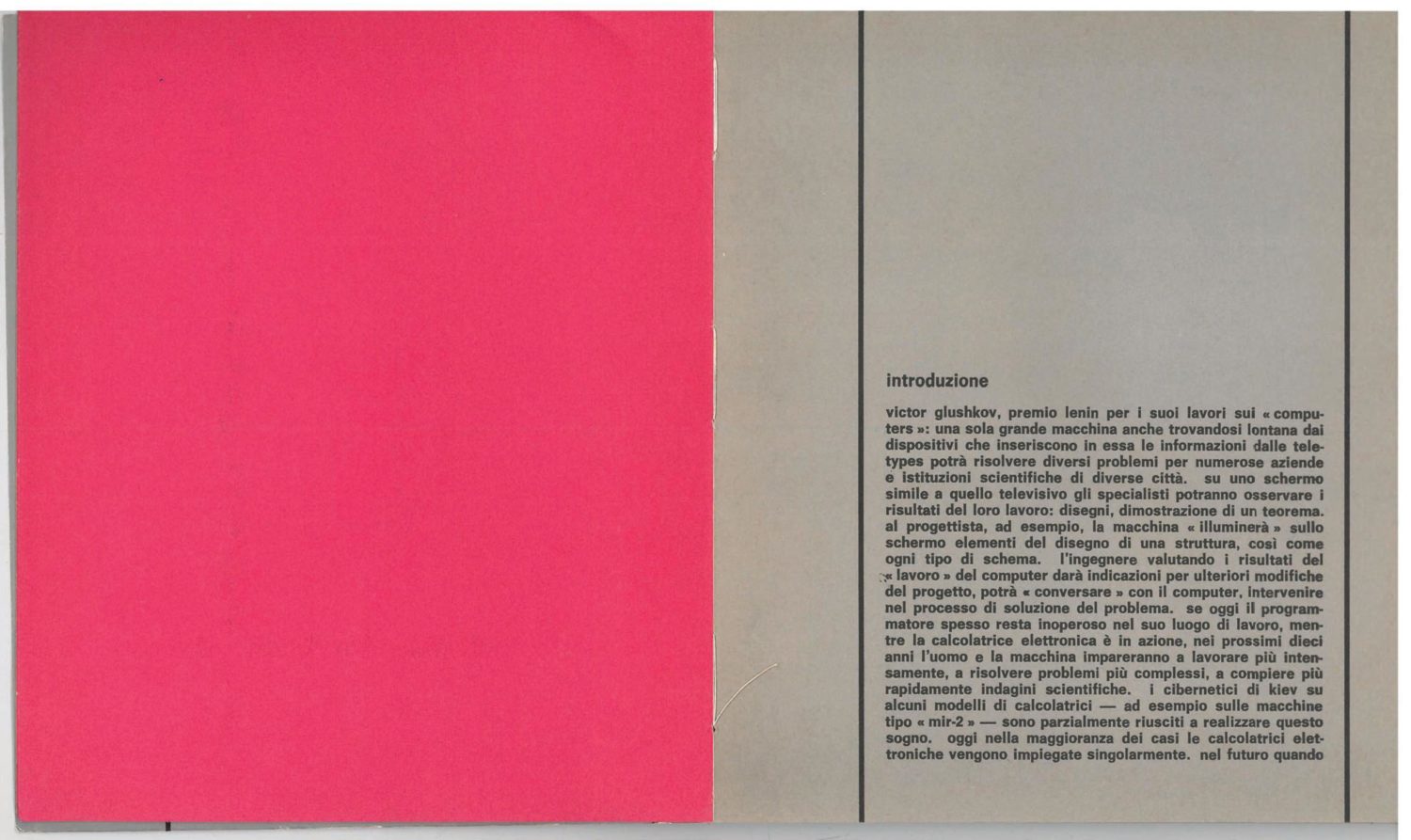
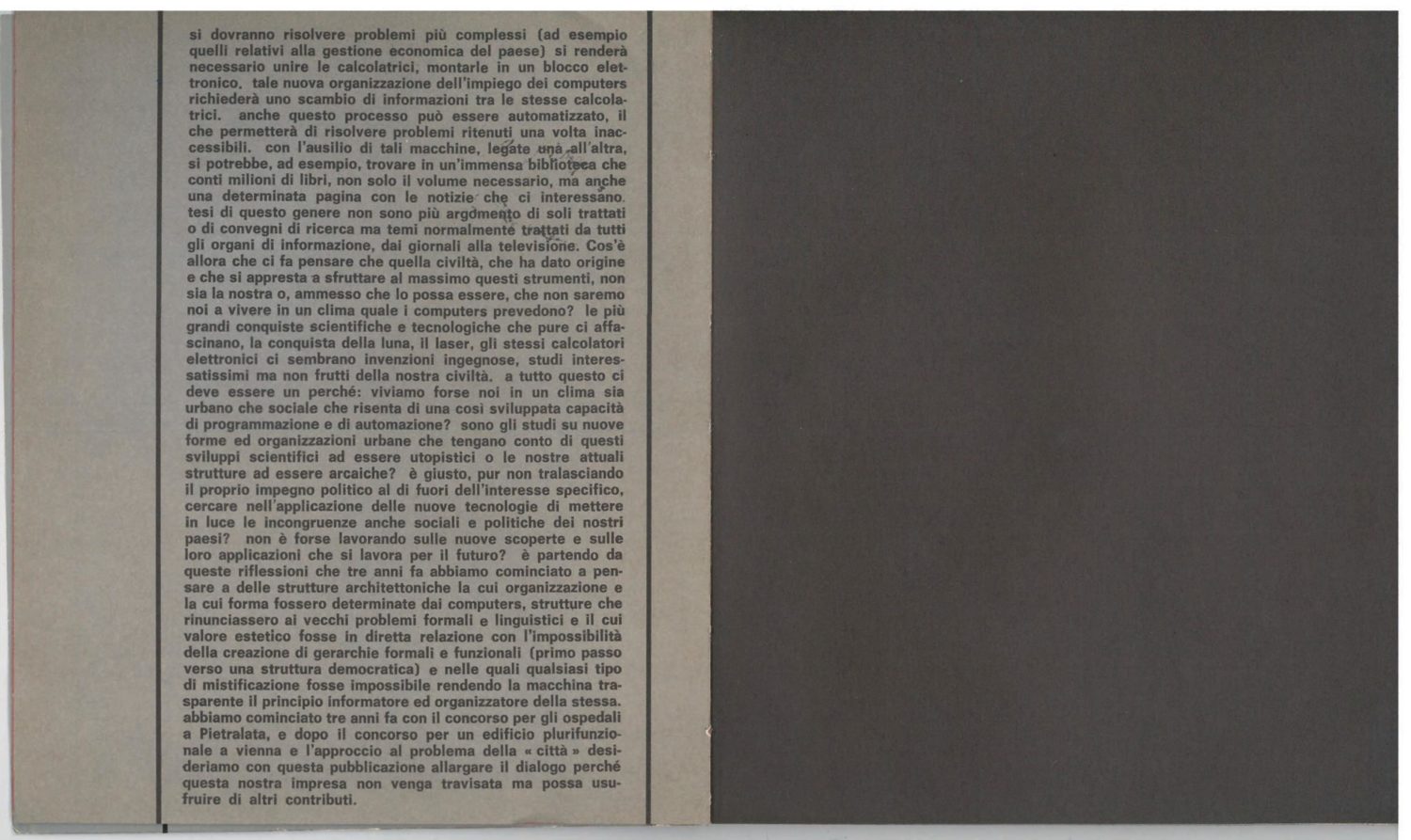
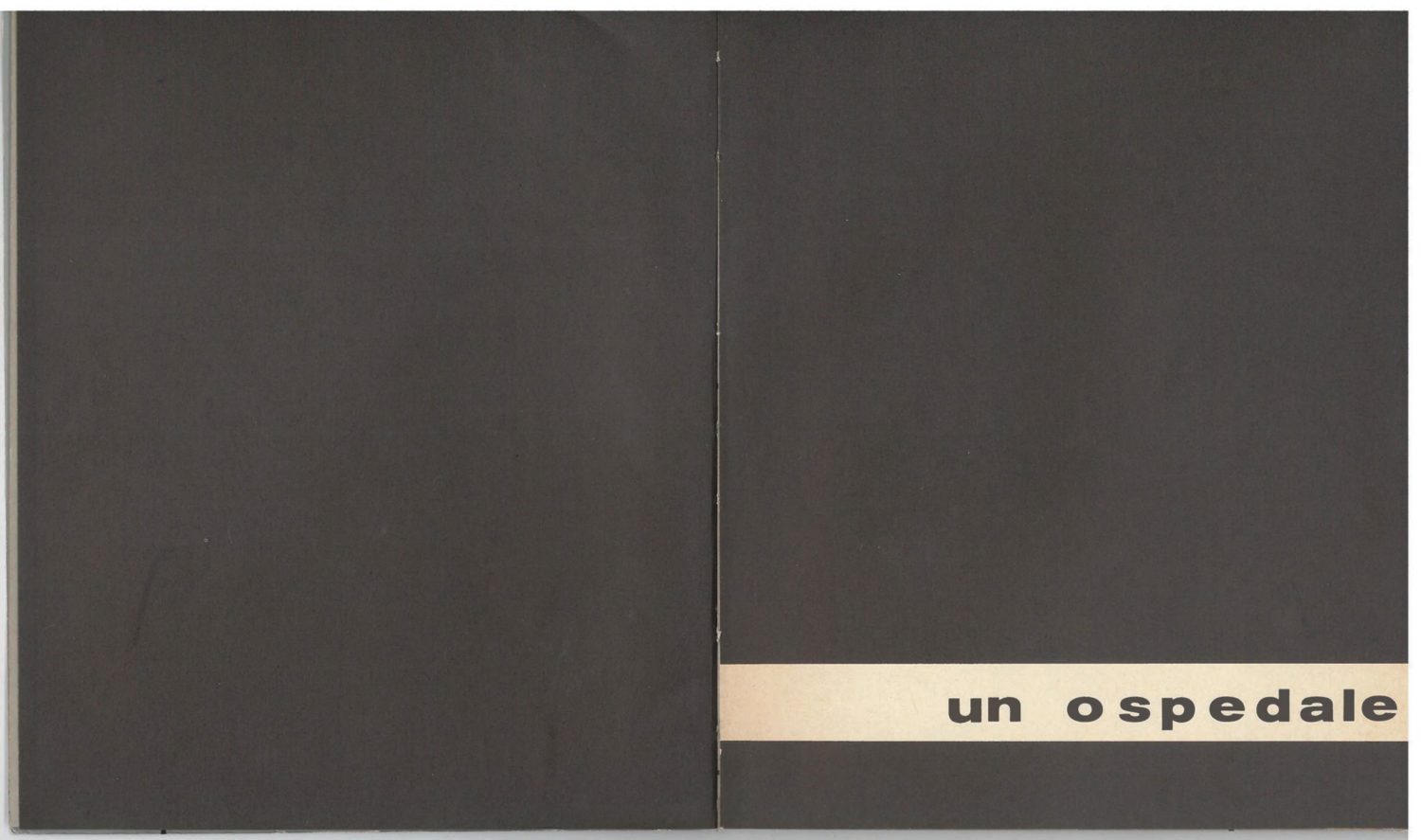
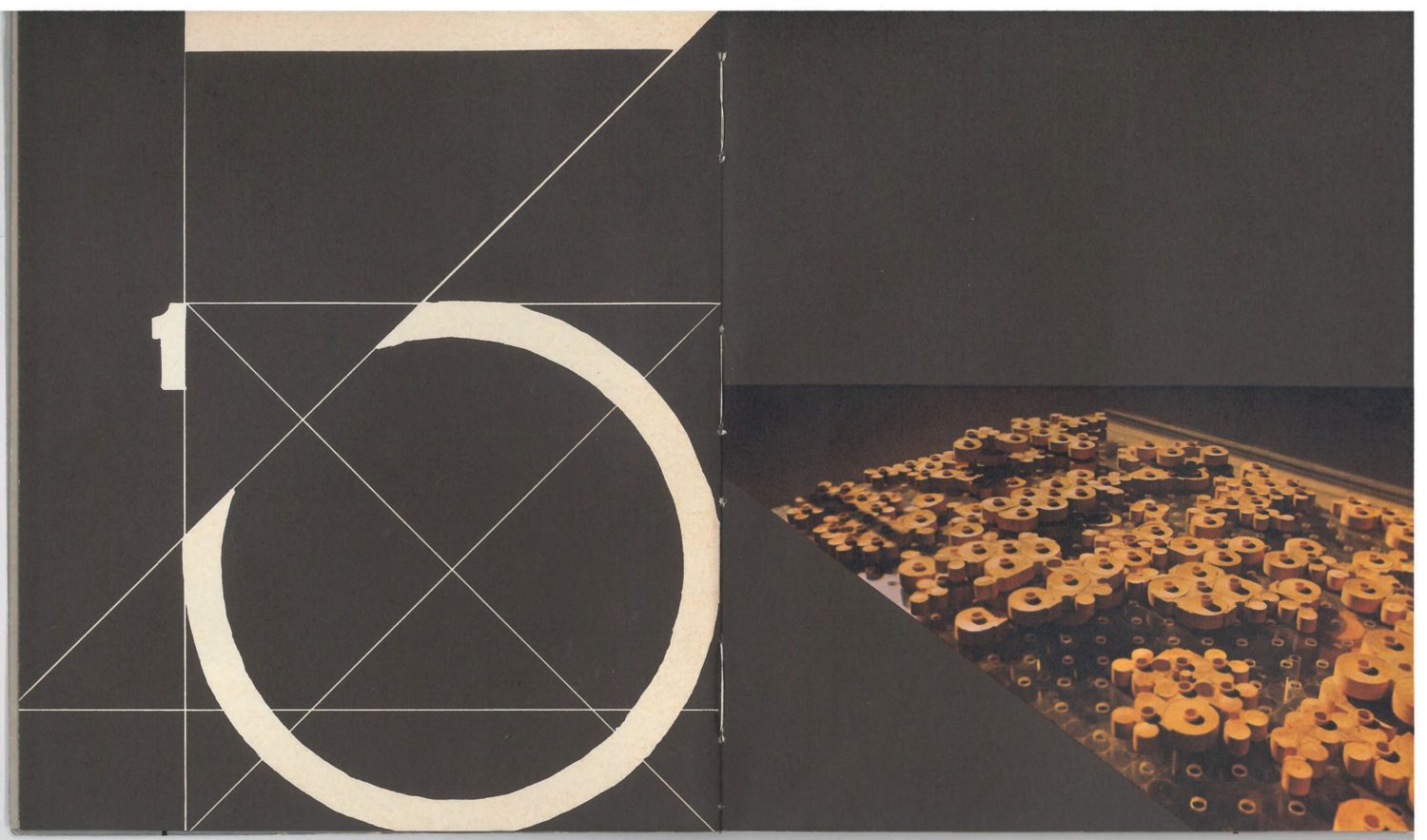
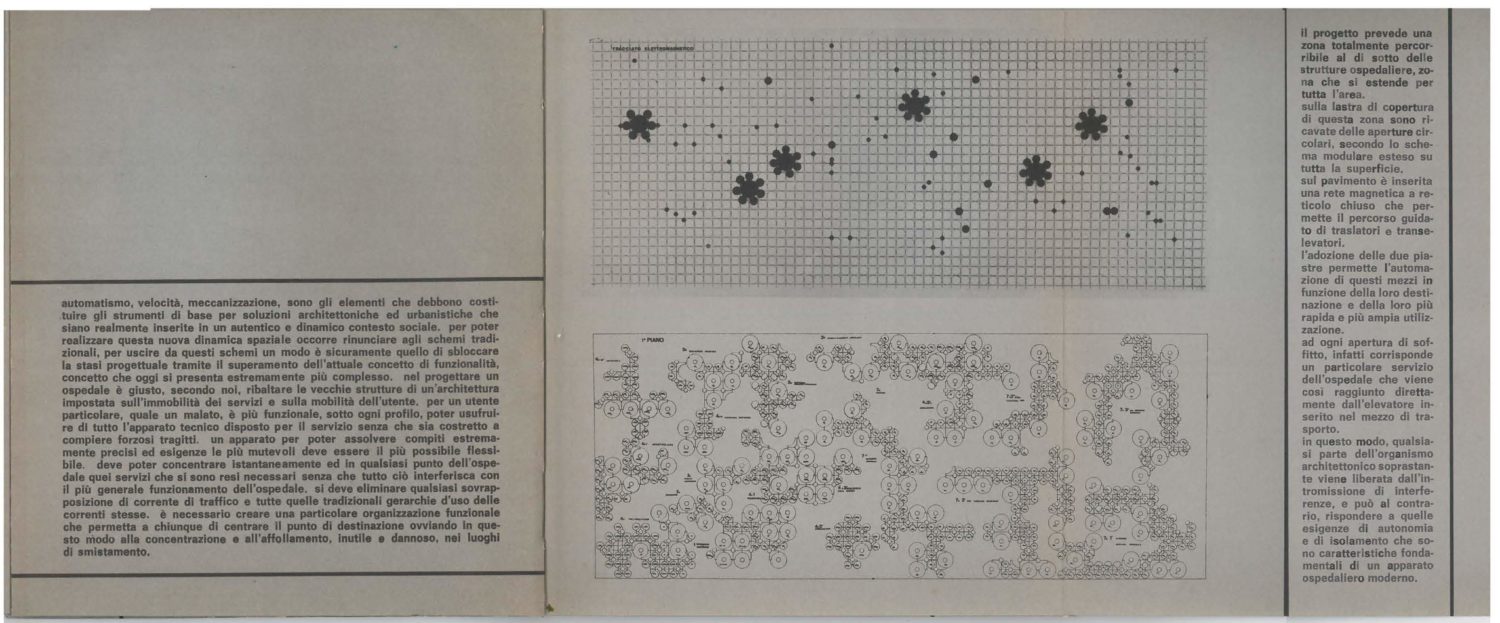
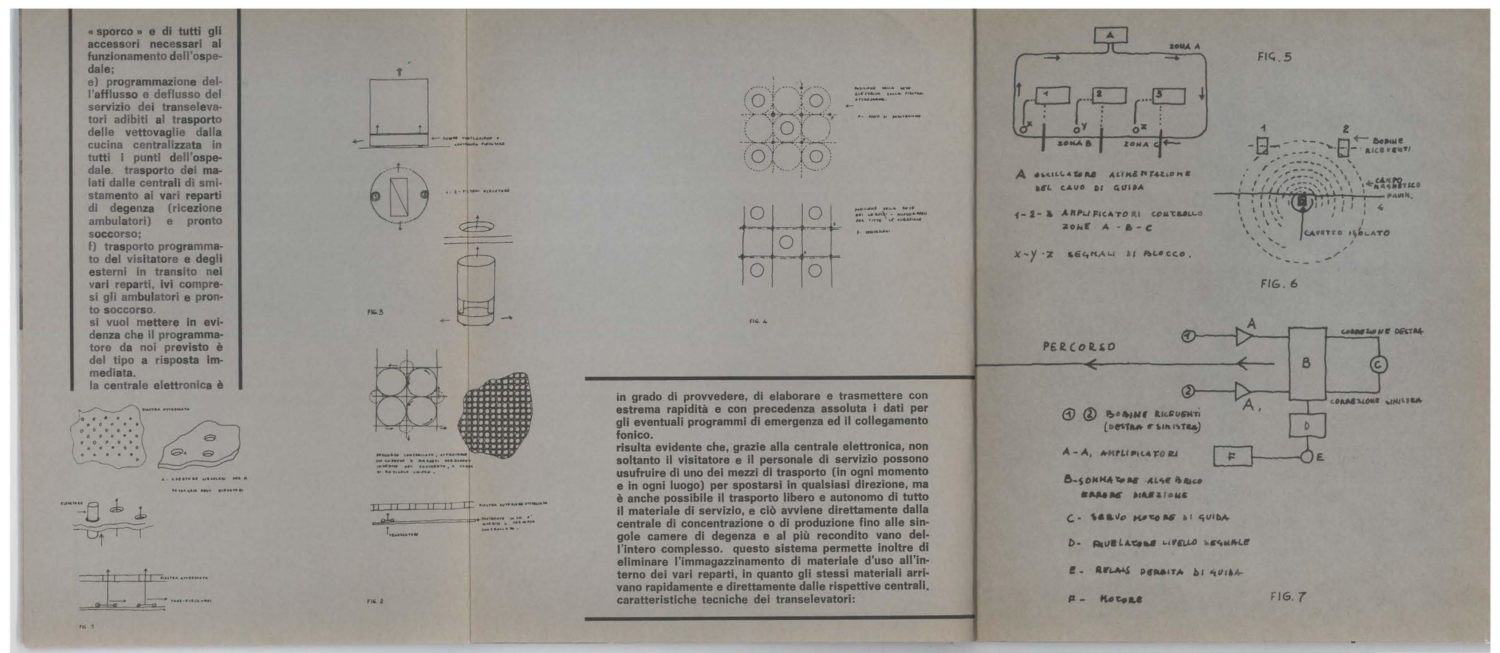
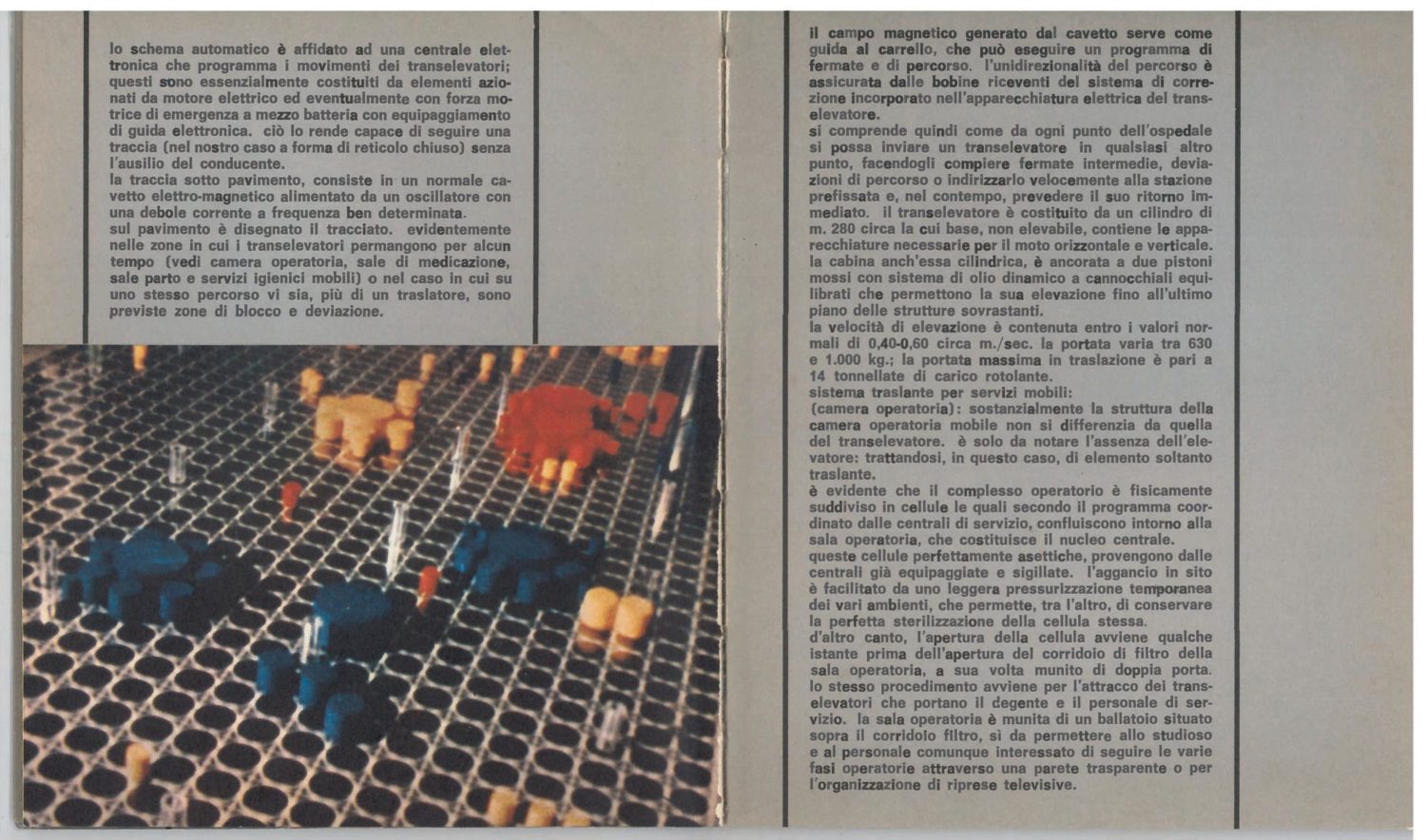
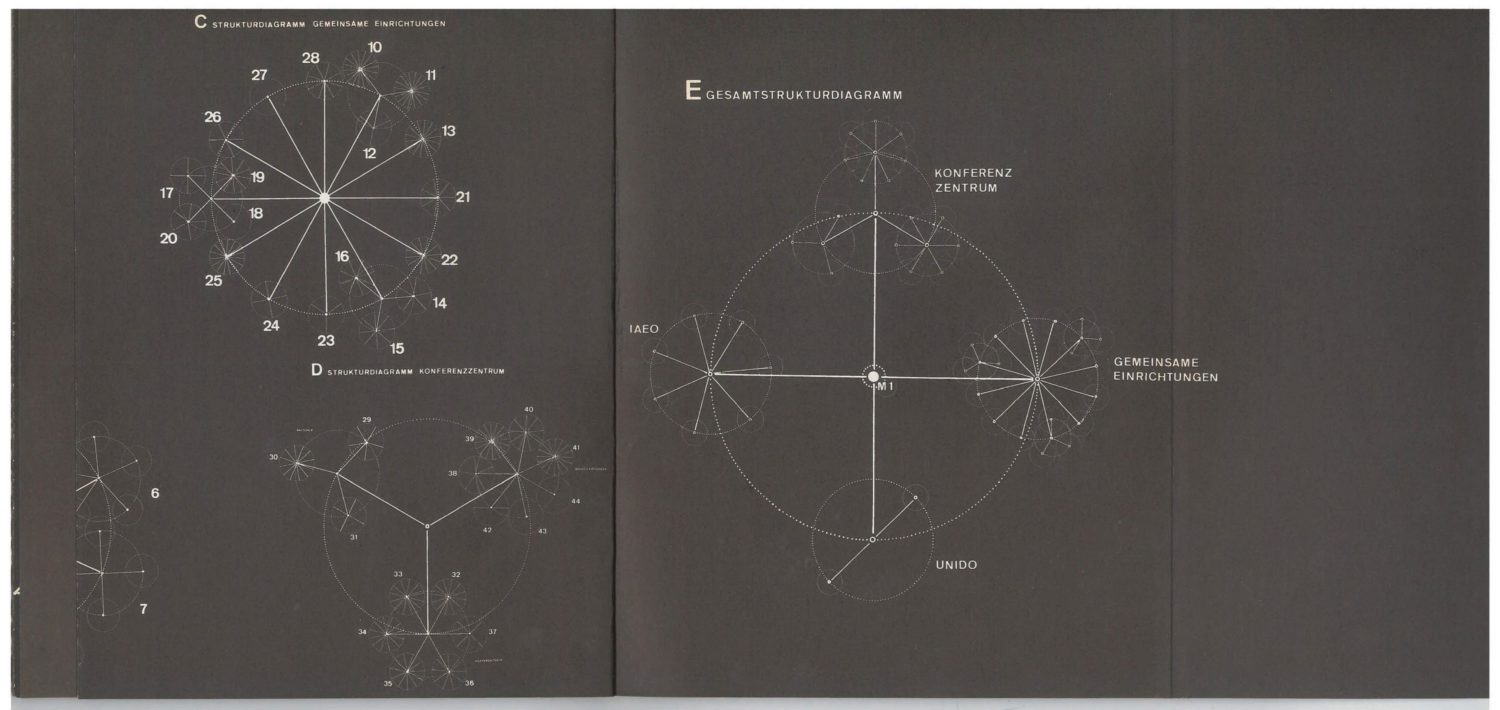
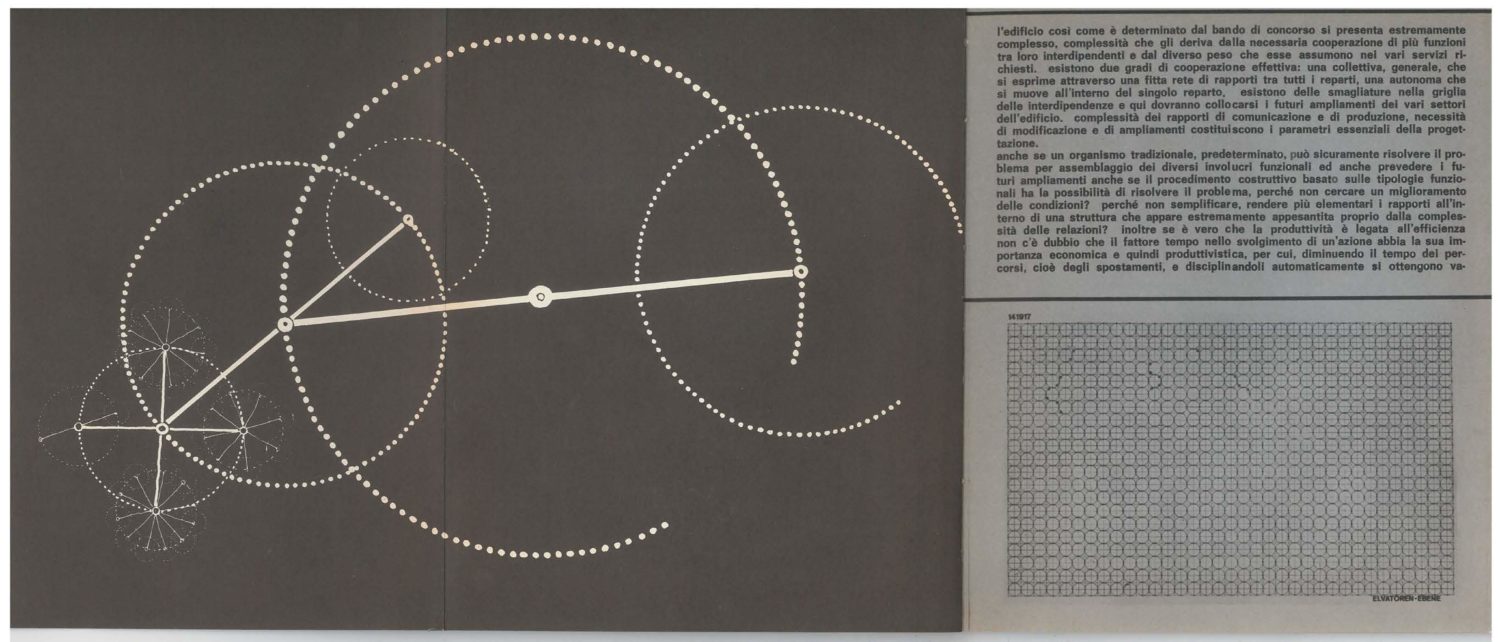
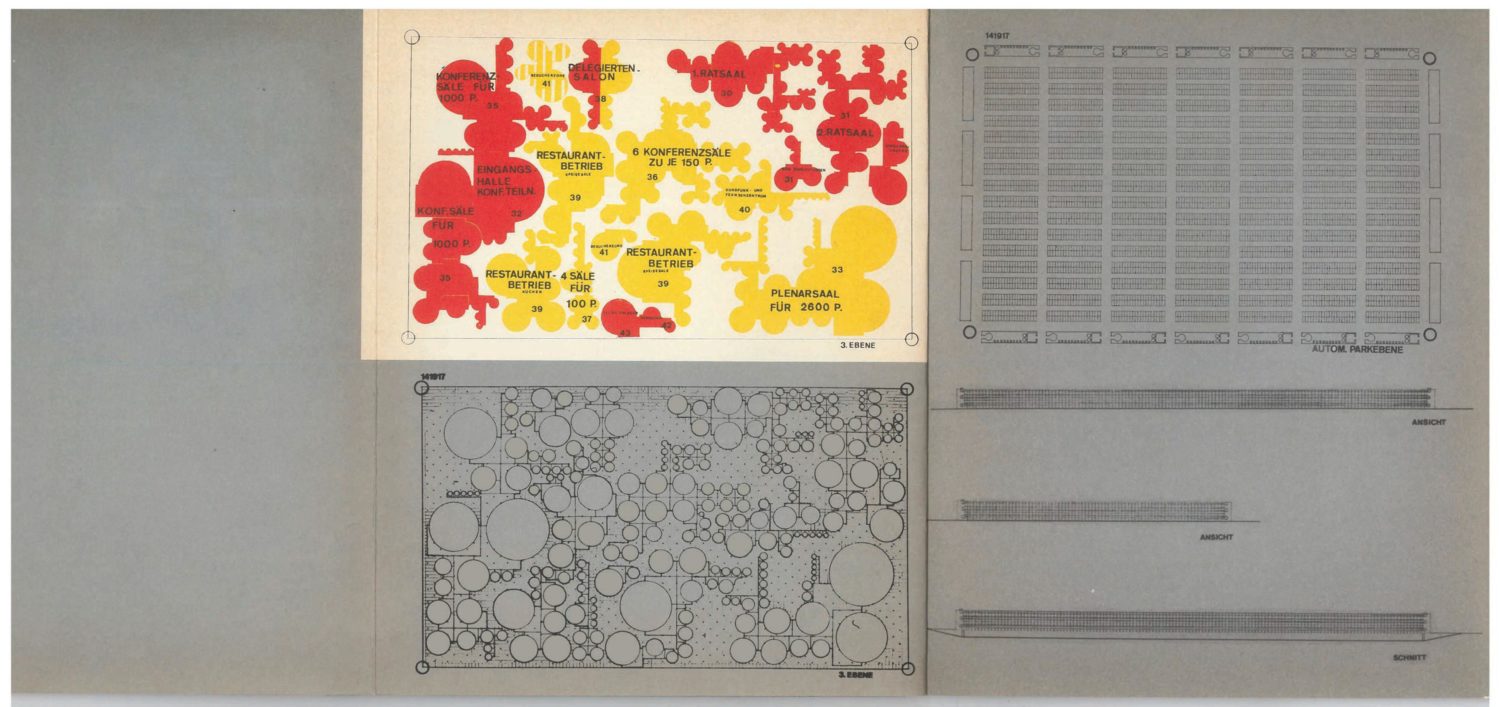
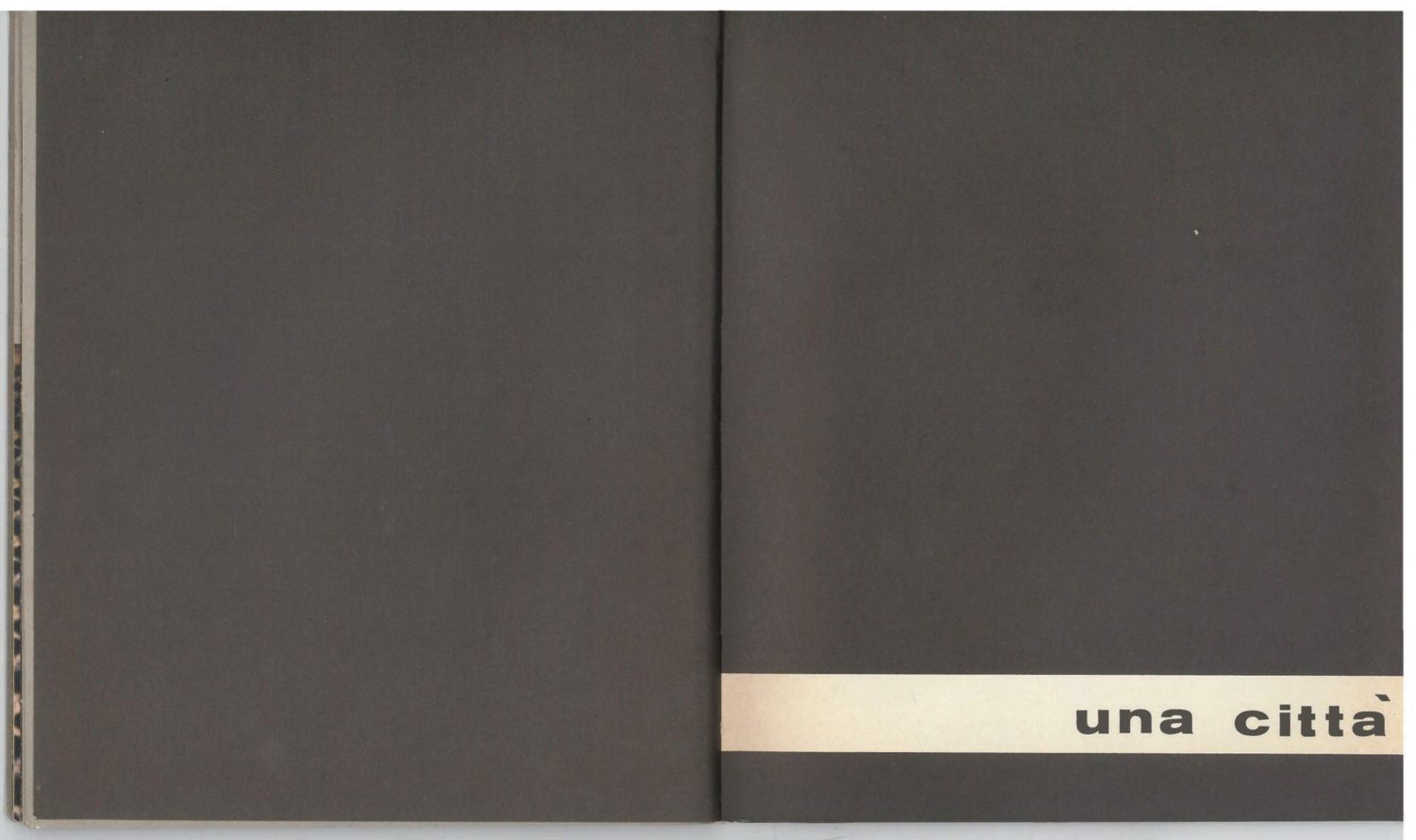
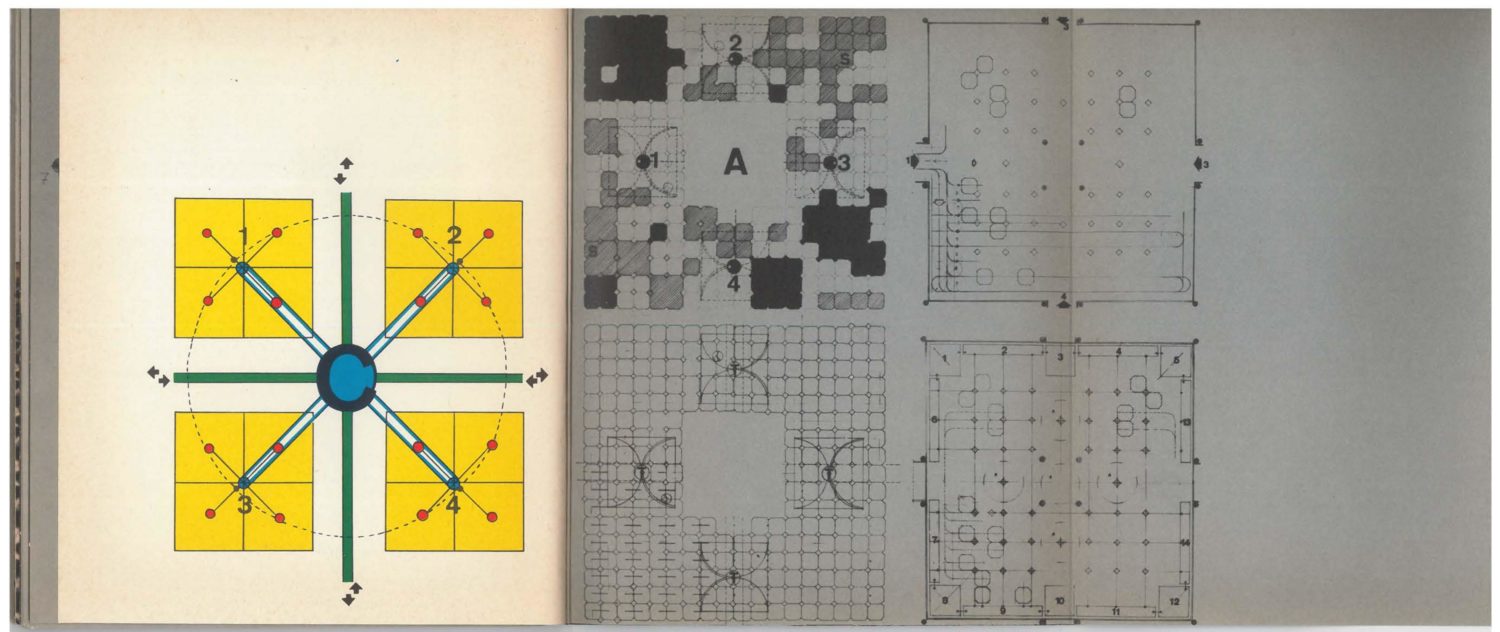
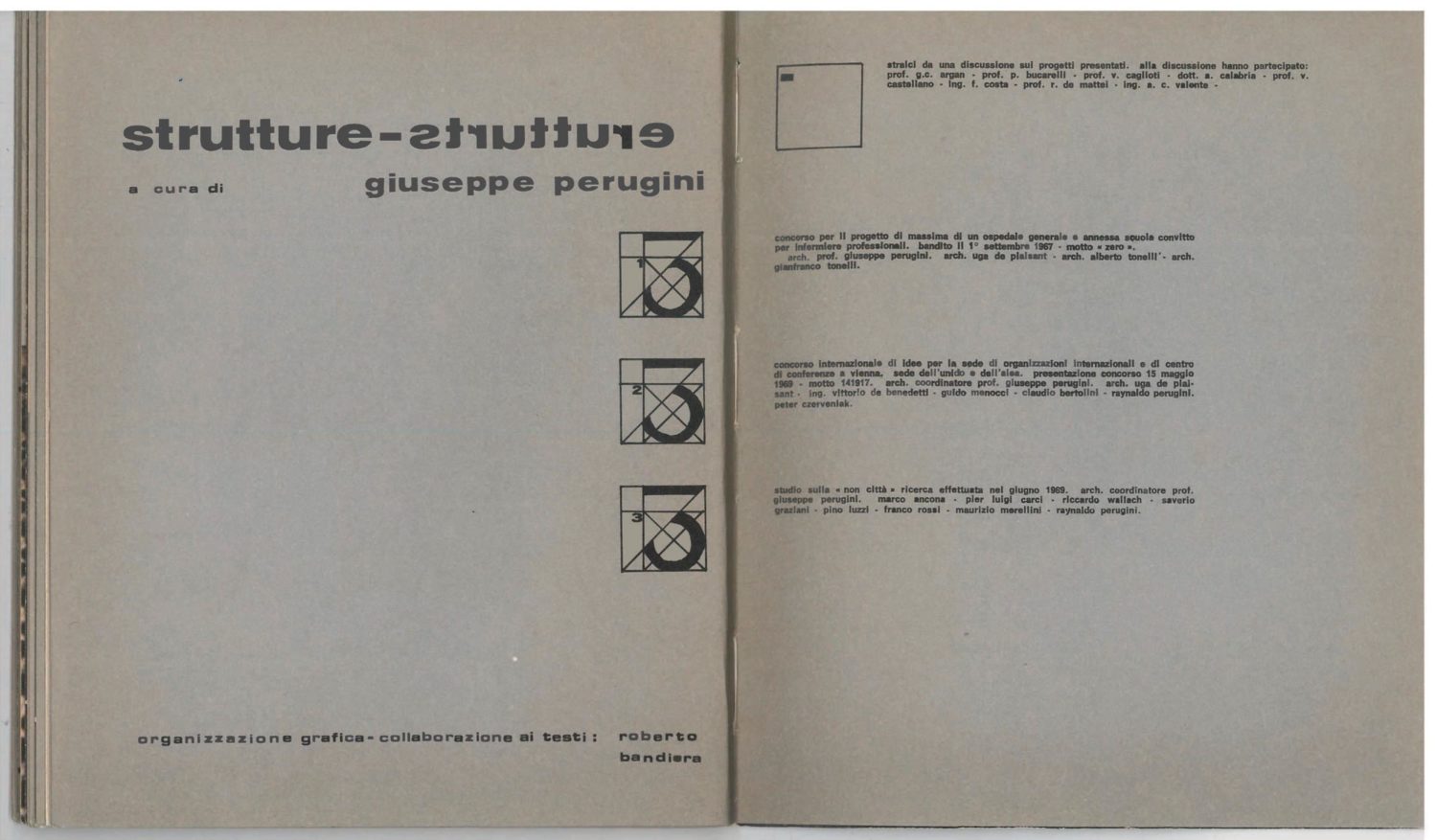
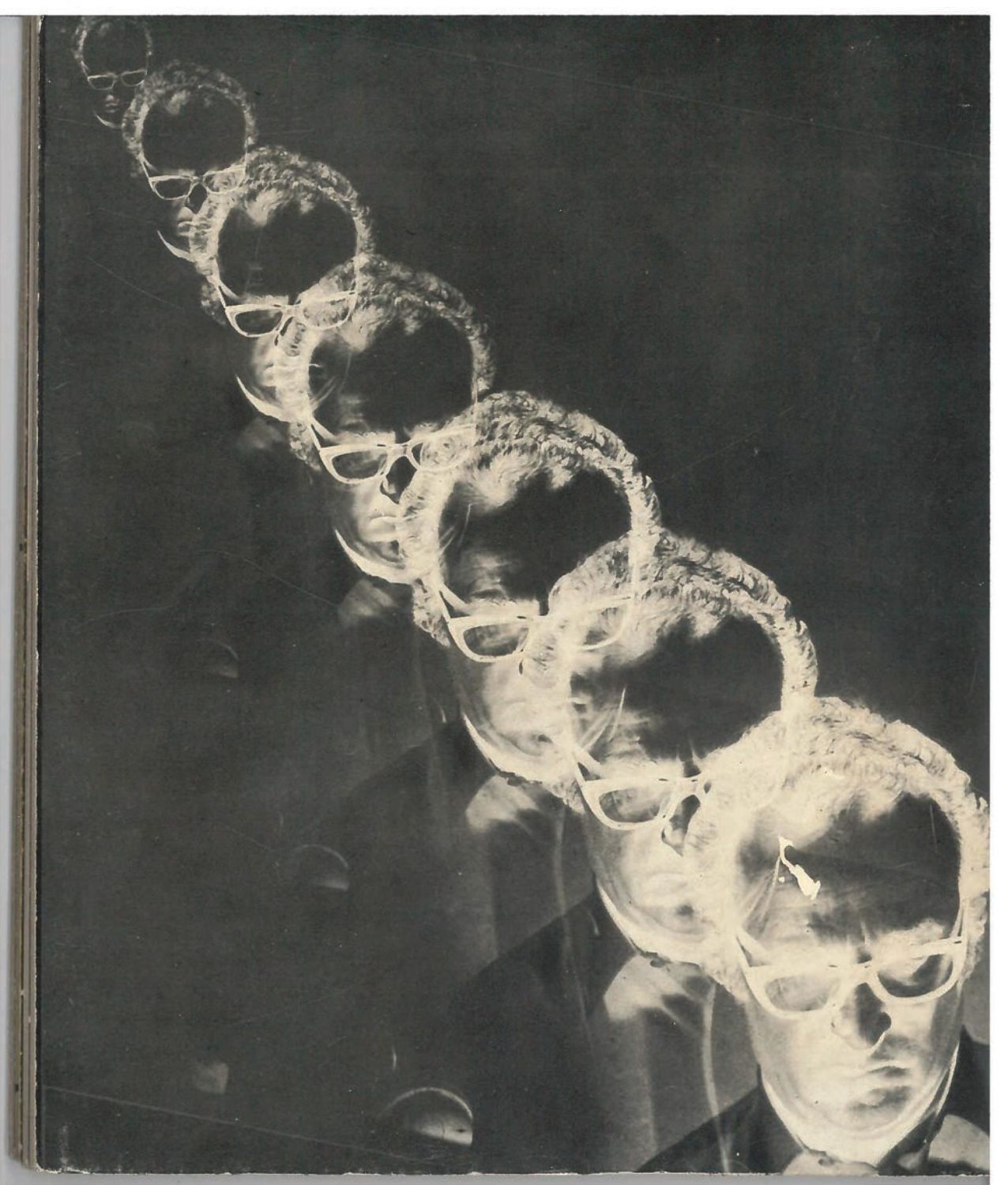
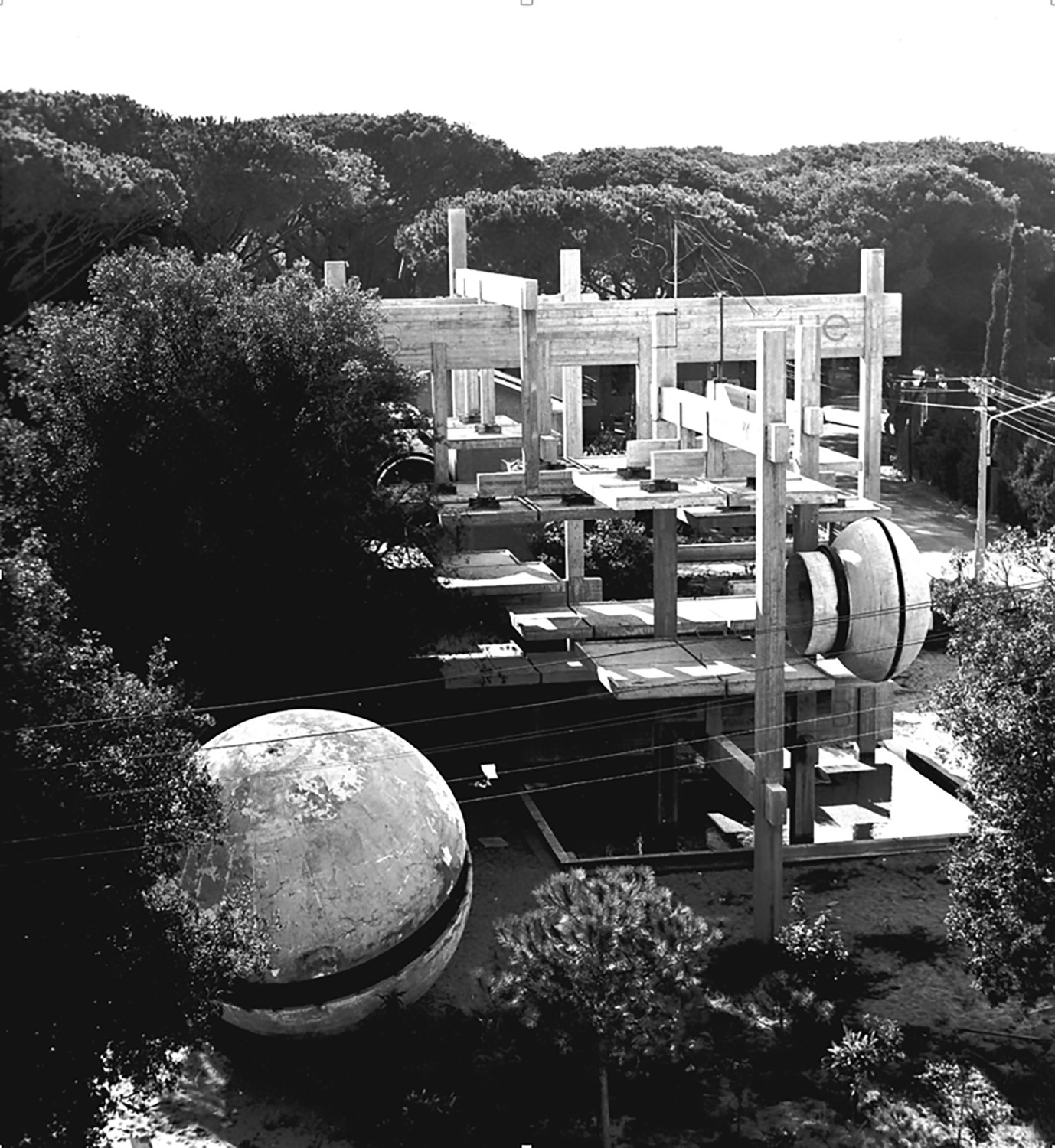
The construction of the Casa Sperimentale was right from the start an organic process. Whereas the concrete superstructure was decided right from the beginning the rest of the process followed a much more open design process – one where the whole family Giuseppe, Uga and Raynaldo would debate openly about a number of different design options.
The building process started in 1968 and only a few images survive and show the building during the nearly 10 year construction period.
The main concrete frame consists of three mainframes with two additional L-shaped side frames hanging of the mainframes.
The horizontal beams hold crossbars that symmetrically support the independent concrete floor panels. Each of them is cast in site and connected with the frame through a cross-shaped metal coupling.
The floor and the ceiling panels are mirrored with the floor panels supported from underneath and the ceiling panels hung off the frame above.
Four floor panels are separated with a 50mm solid glass strip spaced out with metal circular spacers.
Hanging off the main support columns are two independent bathroom spheres. Each of them is cast in two segments into a mould in the ground, then raised in situ and connected with another shell forming a spherical space that is entered through a concrete tunnel off the main floors. This tunnel has a centre pivot circular door.
The floor planes leave openings between them. Some of these are closed with glass sheets while others form an opening tunnel connecting the pool underneath with the sky above.
All the surrounding walls are non-loadbearing. They are formed out of individually cast box elements with cast-in insulation. These elements are in size multiples of a 500mm grid. Some of these elements are 200mm thick where others form internal boxes used as storage, shelves, wardrobes, niches etc.
Each wall is topped with a 20mm frame element containing a horizontal striplight. This is covered with perspex.
There are special elements cast for some of the corners, while other concrete frames are open and contain windows.
All further openings are closed along the perimeter with bespoke metal window frames following mostly the same size logic, starting from 150mm, 500mm, 750mm and 1000mm elements. Some of them are openable as windows.
Underneath the raised treehouse-like structure is a pool. This body of water reflected the building elements above creating a mirror like appearance. Through this reflection, you have been able to see through the openings in the floors and towards the sky.
On site the family experimented with additional structures.
The Sphere, a 5m globe-like structure is conceived as a stand-alone micro house. Like the bathroom elements, the structure was cast into a hollowed-out mould in the sandy ground of the site. A scribe was used to shape the mould and to level the concrete in the casting process.
The idea was to install an additional suspended bathroom and a sleeping capsule within the sphere. Sadly this was never realised. The sphere is entered through a circular door. Each of the two pre-cast elements of the sphere is separated with a 250mm perspex strip.
The gust houses towards the rear of the sire were built in a traditional blockwork method and then rendered. Each of the three cubes is connected with a circular drumlike door at the front and a bathroom unit at the rear. All windows are circular opening with heavy metal shutters.
The whole site is surrounded by a semi-circular concrete fence topped with metal T-sections. The moulds to cast these elements can still be found on the site.
(All Photos are copyright by the Perunini family archive.)
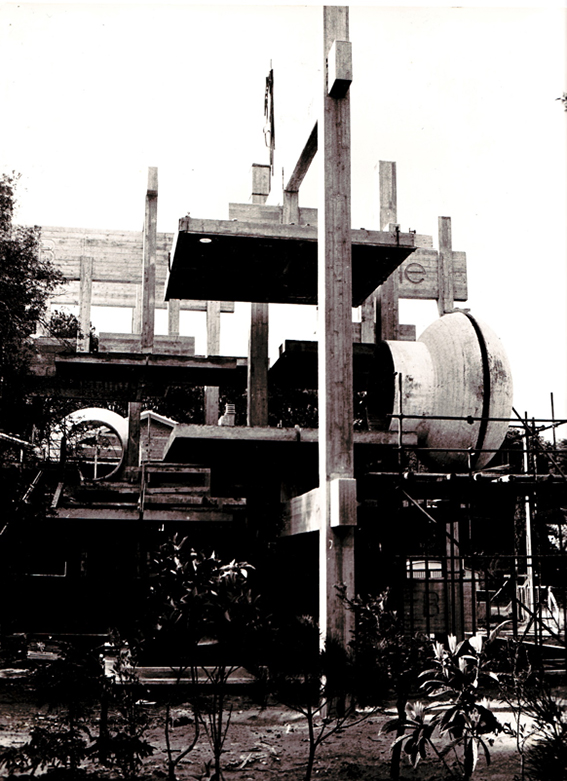
The main supporting structure of the Casa Sperimentale with the three main frames and the two suspended frames supporting the floors and the suspended ceiling. The Bathroom pods have been lifted in place and suspended off the main columns.
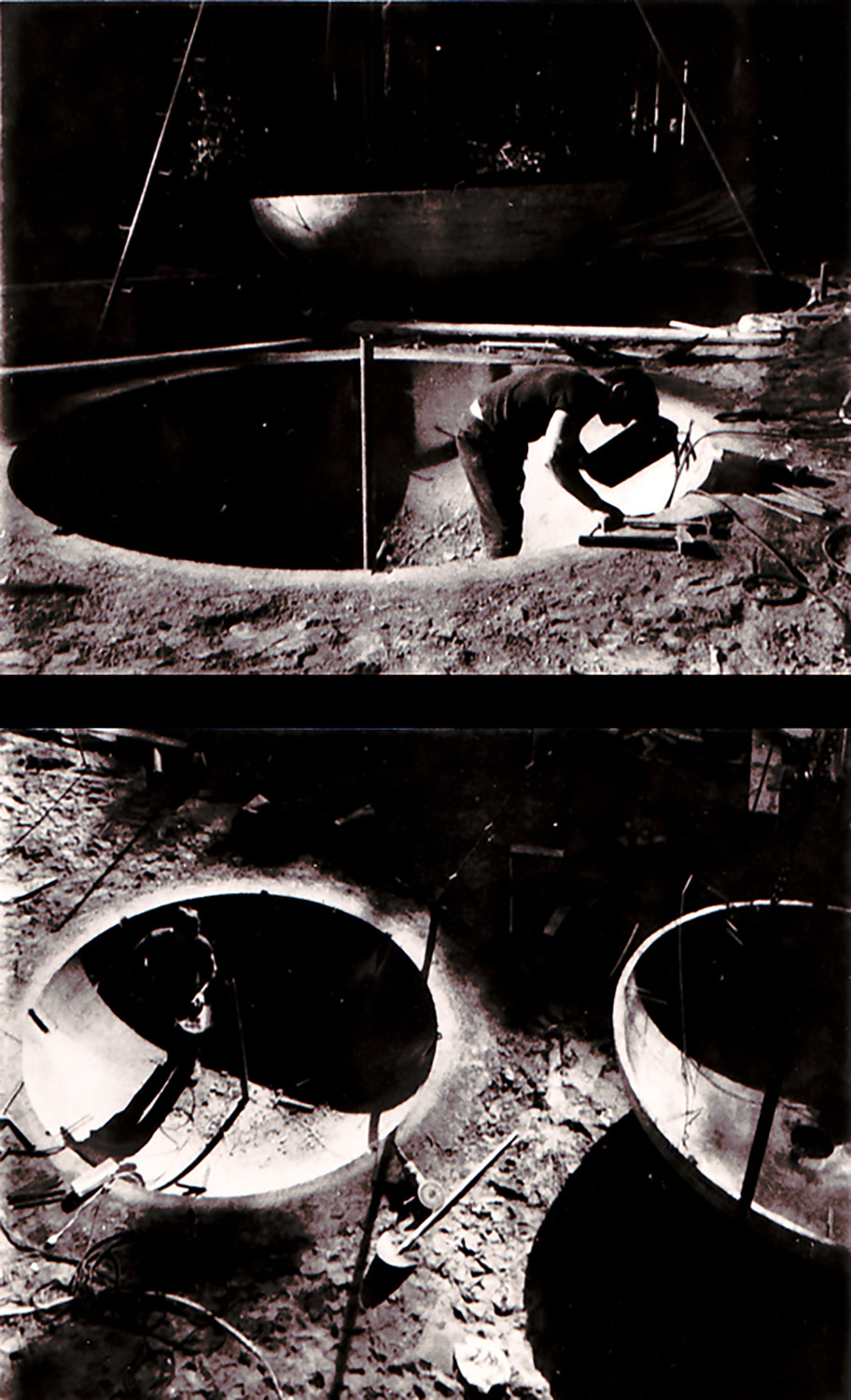
The Bathroom shells were cast into a hollowed-out space in the ground. Using plaster the 1:1 mould was created. A circular scribe was used to spread the concrete evenly into the hollow mould.
After extraction from the ground two of the shells were connected at distance with a metal coupling and lifted into place.
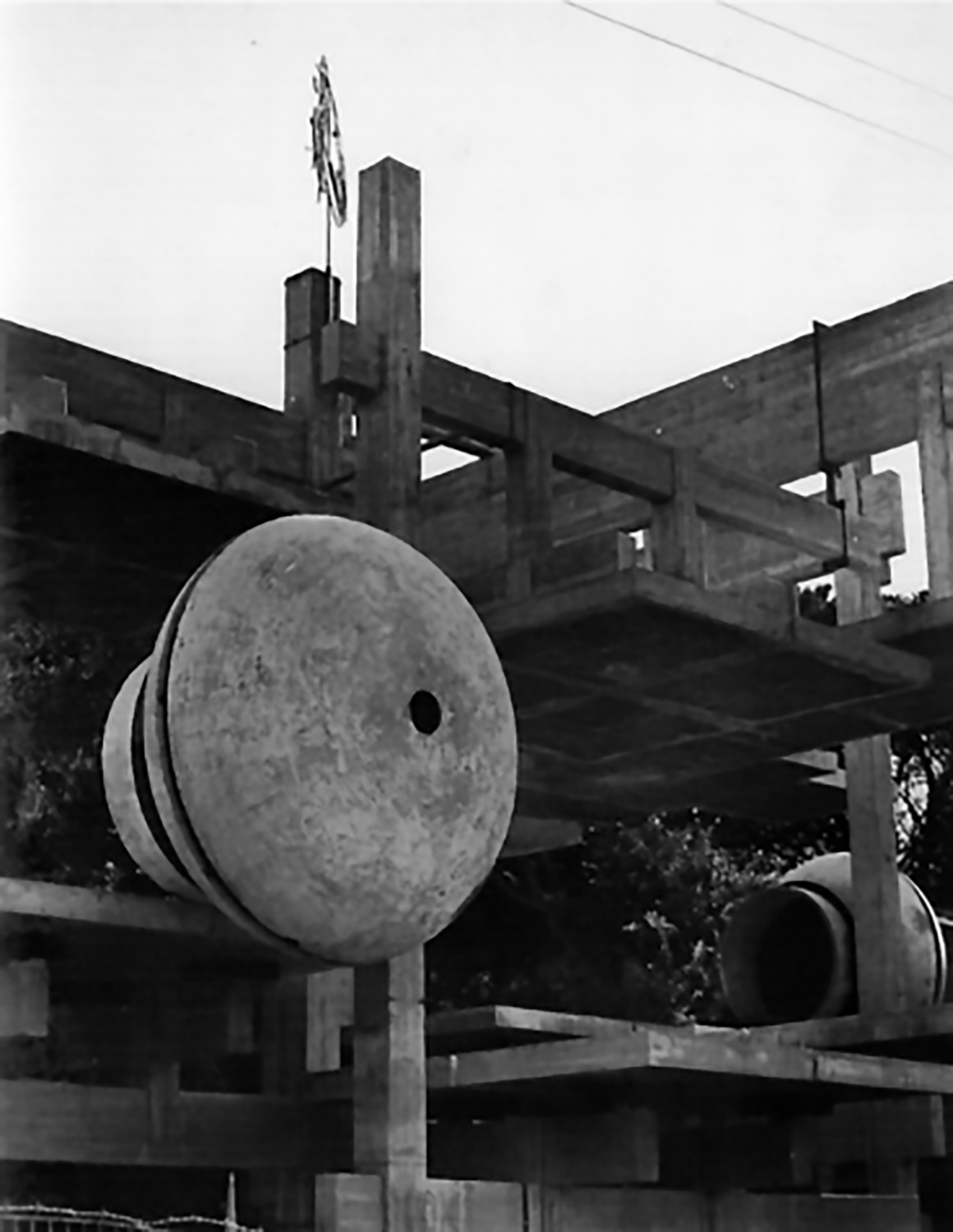
This image shows th two bathroom elements lifted in place and hung off the main columns.
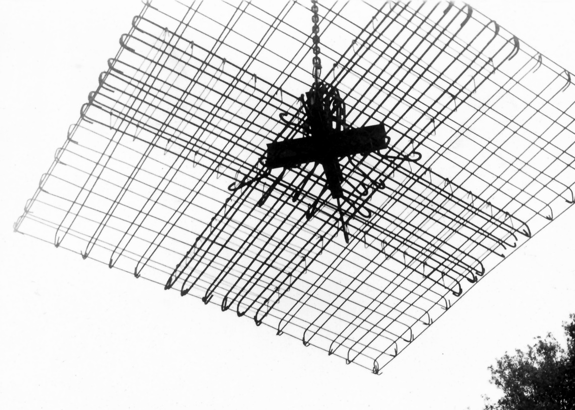
Reinforcement cage for one of the floor – and ceiling sections with the attached metal coupling.
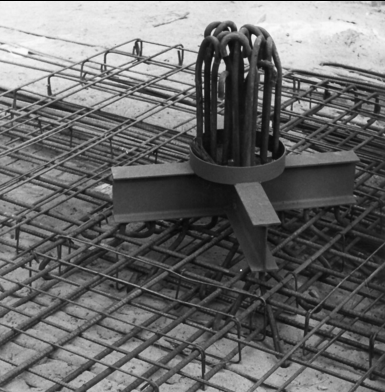
This images shows the detail of the X-shaped coupling welded to the reinforcement cage of a ceilnig panel.
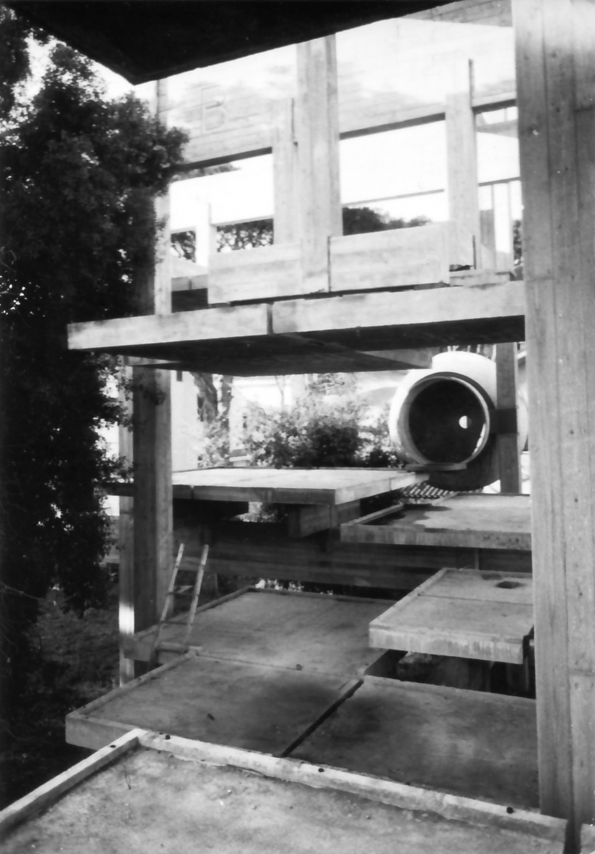
Floors and ceilings are structurally indepedent.
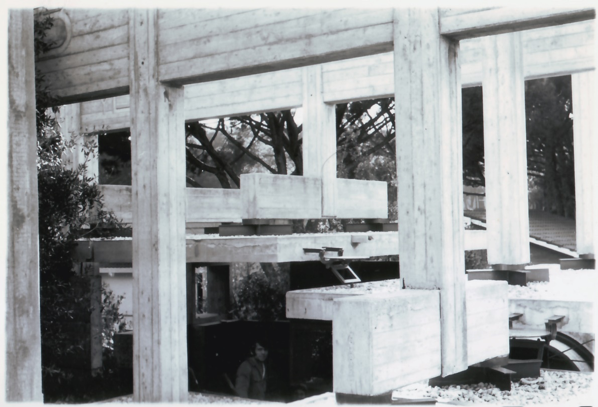
The ceilnig elements are hung off a supporting concrete frame.
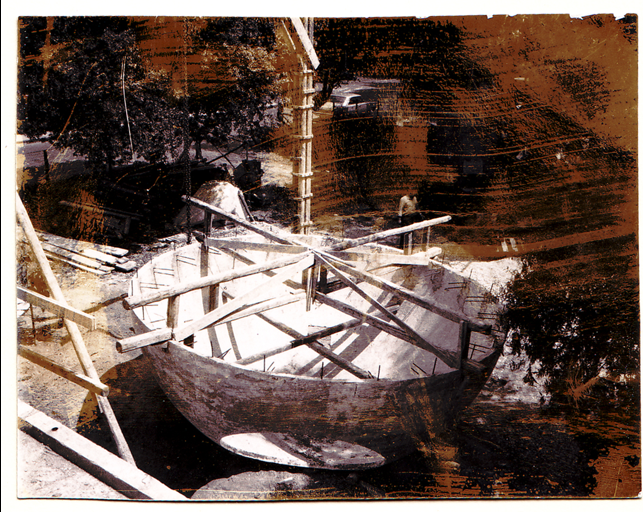
The bottom half of the Sphere – Palla, extracted from the ground, waiting to be placed next to the main building.
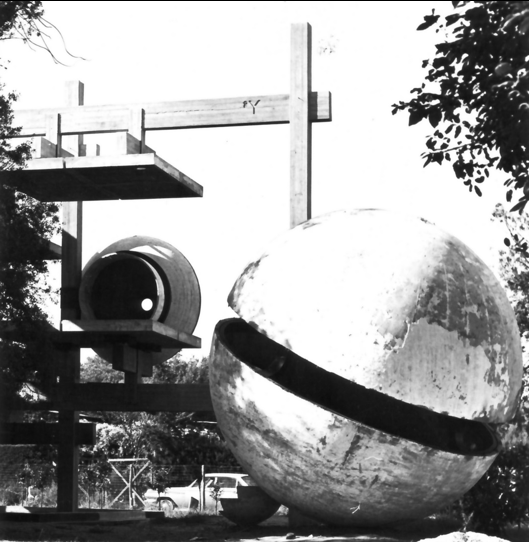
The Palla under construction next to the main building.
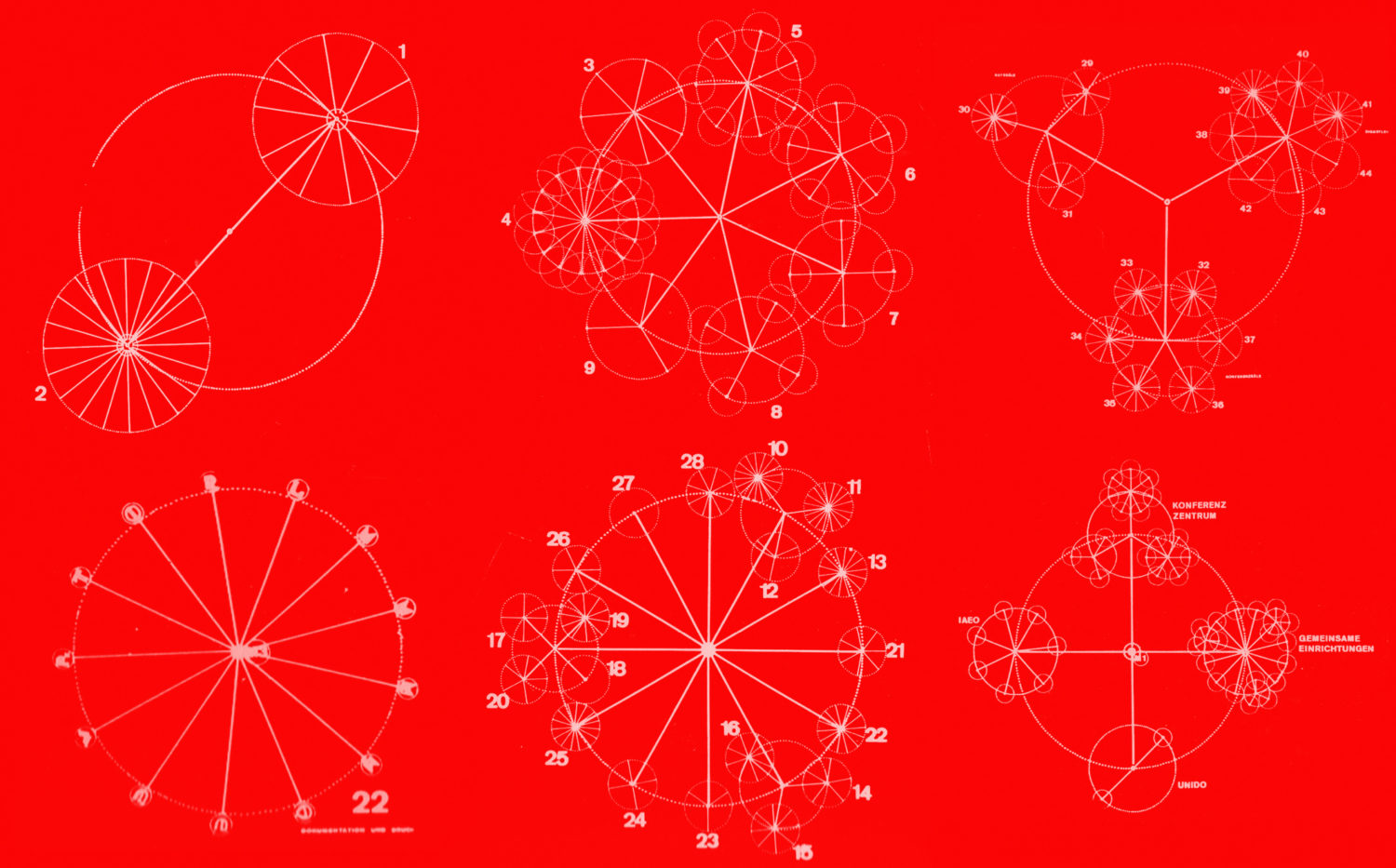
Influenced by ideas of a cybernetic systems organising architectural space, Perugini experimented with a theoretical system in his competition entry for the Ospedale Cibernetico—the Cybernetic Hospital in 1967. Using a computer, the hospital reorganises the spaces around the patients’ needs creating a dynamic flexible architecture. (Sketches from the Perugini family archive)
The University of Sapienza in Rome was in the early 1960/1970 a centre of early cybernetic research. Working alongside the statistician and mathematician Bruno de Finetti Bruno de Finetti (1906–1985) was an Italian probabilist statistician and actuary, noted for the “operational subjective” conception of probability. His research has been seen to lay the foundations of modern computing. Link, Vittorio Somenzi Vittorio Somenzi (1918-2003) was an Italian philosopher. His work directed his theoretical studies on cybernetics and was among the first in Italy to be interested in artificial intelligence and to study the mind-brain and mind-machine relationships. and Roberto Cordeschi Roberto Cordeshi (1946-2014) was an Italian philosopher teaching at Sapienza in Rome. Working with Somenzi he immediately became passionate about the history of cybernetics. explored cybernetics at the faculty of philosophy. Together they published The Philosophy of Automata La Filisofia degli Automi, V. Somenzi, R. Cordeshi, Bollati Boringhieri, 1965 . Their research linked Alan Turing (UK) Alan Turing (1912-1954) was a British mathematician and logician, who made major contributions to mathematics, cryptanalysis, logic, philosophy and also to the new areas later named computer science, artificial intelligence, and artificial life. and his work with early computing, Norbert Wiener (US) Norbert Wiener (1894-1964) was an American mathematician and philosopher. He was a professor of mathematics at the Massachusetts Institute of Technology MIT.and his ideas of Cybernetics—which he defined in 1948 as ‘the scientific study of control and communication in the animal and the machine’, and Claude Shannon (US)—a mathematician and cryptographer credited as ‘the father of Information Technology (IT)’.
Cordeschi was appointed at Sapienza in 1965 and from 1966 an influx of research into Cybernetics reached the library of Sapienza. The work of Norbert Wiener, Victor Glushkov and other pioneers in the field became known at Sapienza.
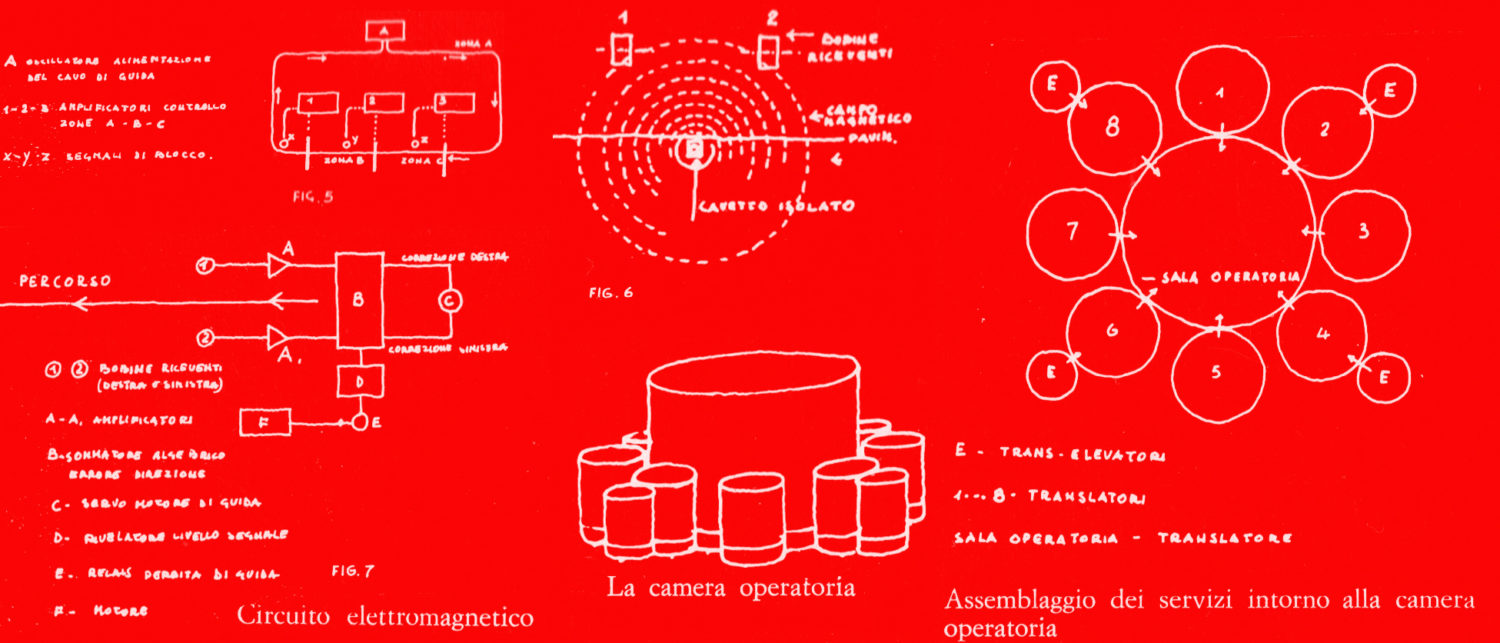
For the Cybernetic hospital the plans are no longer static and based on a compositional arrangement of the spaces. Each patient’s clinical treatment needs result in a reconfiguration of the entire system. There are similarities in which Amazon is nowadays using a kinetic warehouse where the shelves reconfigure themselves around the packing station to optimise the storage space for accessibility whilst minimising the space used for packing individual parcels. (Sketches from the Perugini family archive)
With these developments as context Perugini took an interest in the Kiev circle of development in cybernetic research, referring to computers like the Mir-2, a newly developed system that suggested the idea of a centralised system that can solve different problems for distant companies and institutions. Research in these approaches in technology was led concurrently by Russian research institutions, and in the field of Information Technology Victor Glushkov, a mathematician and figure highlighted by Perugini, became widely known as one of the founding fathers of Soviet cybernetics. Glushkov’s research became known in the West through the English translation of the Introduction to Cybernetics Introduction into Cybernetics, V. Gluskkov, Academic Press, 1966first published in 1966 and since then included in the Sapienza library.
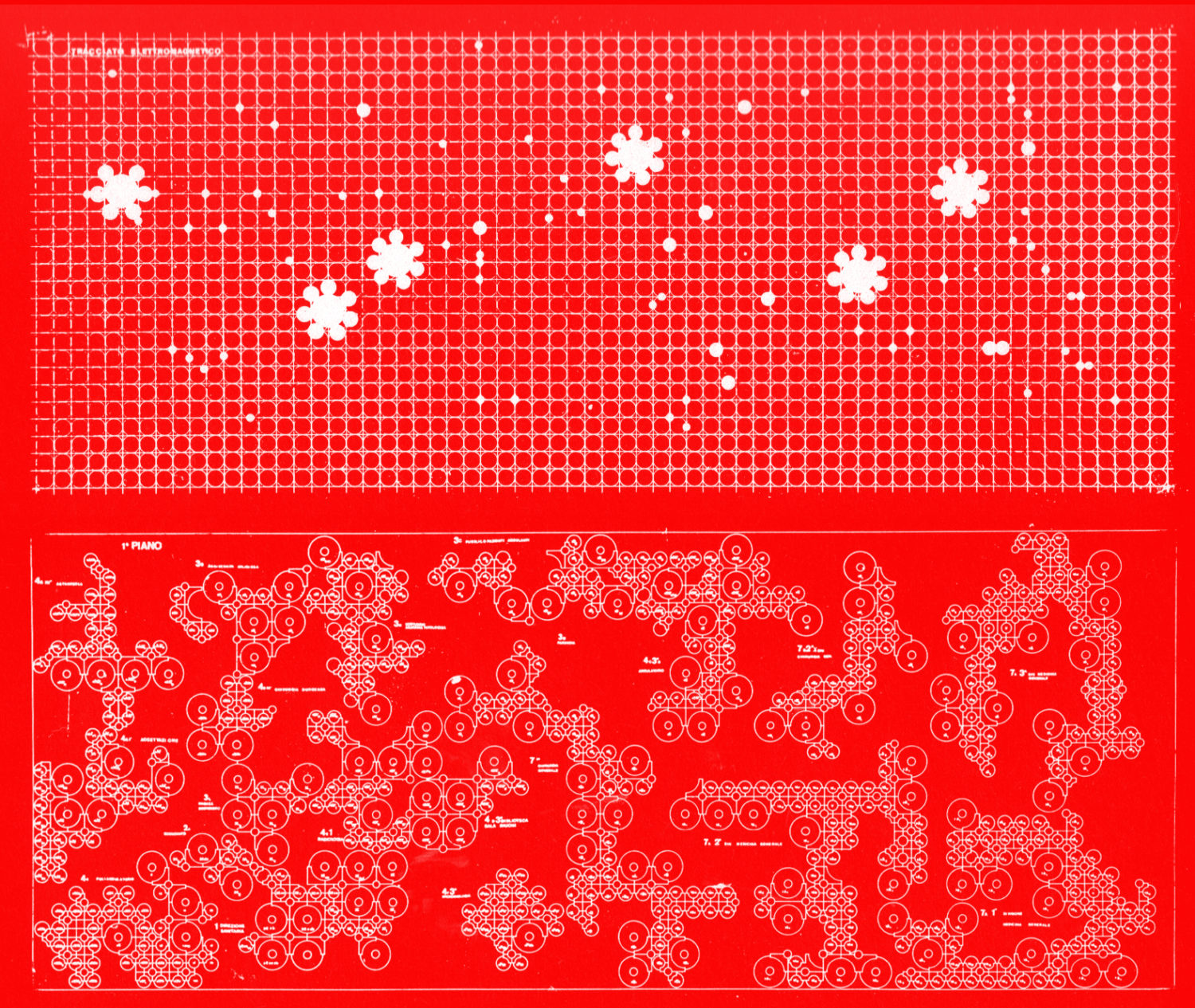
Perugini continued his cybernetic research through a competition entry for a convention centre in Vienna. Here all spatial organisations are solely organised as dependent spatial arrangements—responding with an architecture that is adapting to different needs. (Sketches from the Perugini family archive)
Although he did not go into detail, even at this point in the emergence of Information Technology, Perugini was already imagining a future where computing would be employed to solve ever more complex problems in economics at a national level, by networking smaller systems (electronic calculators). However, at the same time, Perugini was aware of intentions from others to apply this ‘new science’ within architecture ‘as a substitute for the “mental process” or as an aid to the quantitative verification of the mechanics of forms.’ Progetti E Ricerca, G. Perugini, Nuova Dimenzione. p.134
He was critical of an education system he perceived as focussed on training architects to do no more than deliver for the industry. Whilst aware of these issues affecting confidences in architectural education of the time and discourse on aims to develop new structures—within an increasingly free society, these possibilities, mis-intentions, and questions formed the core of Perugini’s attraction to the field of cybernetics.
In this regard, he saw the idea of the ‘model’—a form of a virtual construct with the potential to serve as an analogy for any other system—itself being a form of transcendent creative product, ‘The creative act, specifically human, in all fields, whether it be the work of art, scientific discovery or the revolutionary initiative, is the construction of models. Progetti E Ricerca, G. Perugini, Nuova Dimenzione. p.136
Noting that Perugini’s work on this subject is one of the earliest applications of computing in architecture as a design assistive model, it is worth considering that even then he was conscious of seeing the role of computing (systems based on logic and rational processes) as ‘overcoming the rationalism of function through a design that uses the computer to manage the relationship between things, in their movement, in their change, in their life, in their mutual action.’ Progetti E Ricerca, G. Perugini, Nuova Dimenzione. p.136
From this, we can see in the ‘atomisation’ of the Casa Sperimentale into constituent interchangeable elements, after grouping these elements into families the expanded potential of spatial situations through the expanded possibilities of elemental relationships. Here, in managing this new field of potentially infinite formations, as ‘ordinateur’, lies one of Perugini’s notional applications of cybernetics in Architecture through permutations and variations of the Casa Sperimentale.
The very context of Italy after World War II was itself a rapidly changing environment. Italy was a newly formed republic, after the abolishment of its monarchy in 1946, with the demise of the ruling fascist party and death of Mussolini just one year prior, over the following decade Italy became a founding member of NATO, joined the UN, and experienced a rapid economic growth. An expansion so rapid it registered as the fastest growing economy in Europe, dubbed the ‘Economic Miracle’ this economic expansion was to continue throughout the next two decades. During this time, society had started to modernise, as the wealth gap between rich and poor increased, amidst the background implementation of the ‘INA Casa’ Plan (1949–1963)—an ambitious government instigated housing plan designed to provide much needed employment and accommodation. Through leading architects of the time such as Arnaldo Foschini, Filiberto Guala, and Adalberto Libera, the face of many cities was altered whilst making a positive effect on living conditions. To replace the housing stock lost to wartime bombing raids some two million units were constructed. As such, part of the discourses in housing design of the time was interested in standardisation and prefabrication.
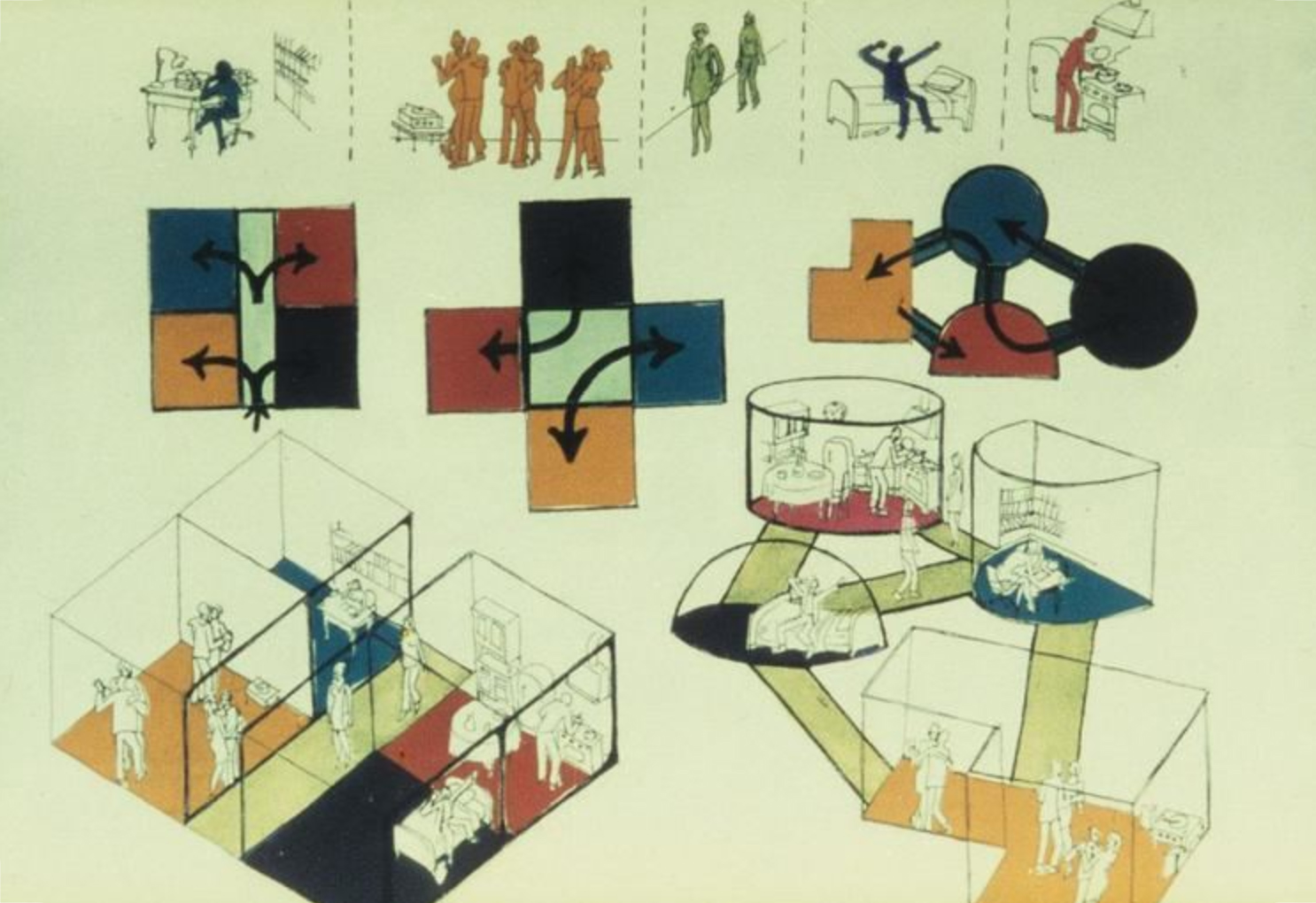
The APAO, the Association of Organic Architecture was founded in 1944 by the Italian architectural historian Bruno Zevi. Together with Giuseppe Perugini they developed a seven-point plan of how to approach architectural design and develop a novel approach towards architecture that did not rely on elements of composition and order; in clear opposition to what they were seeing in the fascist heritage in Italy after World War II. The often-misunderstood term ‘Organic Architecture’—made popular in Zevi’s seminal book ‘Towards an Organic Architecture’ first published in Italy in 1945—does not refer to a specific formal expression of architecture. Rather it examines the design process as an organic process following a set of terms leading to an architecture that can be understood as a result of a natural process. “The structure (is) like an organism that grows in accord with the law of its own individual existence, with its own specific order, in harmony with its own functions and with its environment, like a plant or and other living organism.” (Zevi, Towards and Organic Architecture, p.69). Zevi introduced terms like anti-composition, four-dimensional composition etc. into architectural design processes in order to achieve an architecture that could be understood in close relation with the occupant and the surrounding landscape—resulting in a spatial arrangement that is able to react to its inhabitation, with an openness of design at its centre.
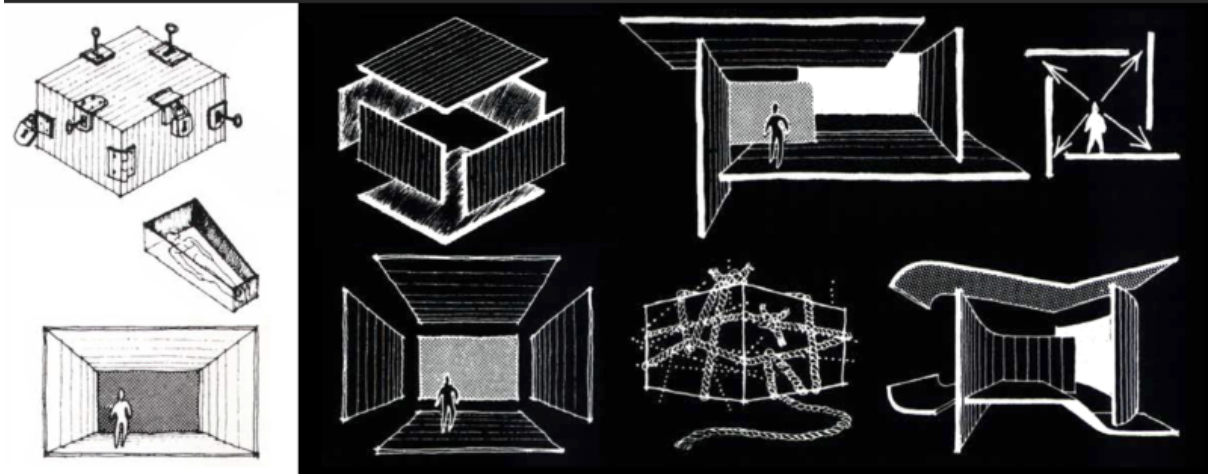
In the context of a developing architectural debate of the 1950–1970’s Zevi attempted to place the APAO at the centre of discourse in Italy. Yet the undetermined formal framework of the seven points presented was inconsistent. Fragmented and riddled by contradictions this framework, over time, caused the APAO to lose momentum, with its founding members being drawn in different formal directions. Perugini writes that the group lacked a clear vision, they lost its bite and became merely a group of friends with an ‘indefinable commitment’. (Perugini, Progretti e Ricerca, p38).
The project of the Casa Sperimentale must be seen in the further theoretical context of Umberto Eco’s Opera Aperta—The Open Work (1962) where he argues that expressions of work, in this instance a text, must be understood as a field of meanings, an indeterminate ‘field of possibilities, to create “ambiguous” situations open to all sorts of operative choices and interpretations.’ (p44)
The Casa Sperimentale project was used by Giuseppe Perugini as a testbed for these ideas. Here, free from constraints of clients, time limitations and a real programme, Perugini explored the open design process, testing ideas of design and construction in a full-scale model. Referring to Mies van der Rohe’s full-scale canvas model of the Kröller Müller House in the Netherlands, he wanted the Casa Sperimentale to be understood as a ‘valid didactic tool’. A test for ‘modelling ideas in scale 1:1.’ (Perugini, Casa Albero, p17)
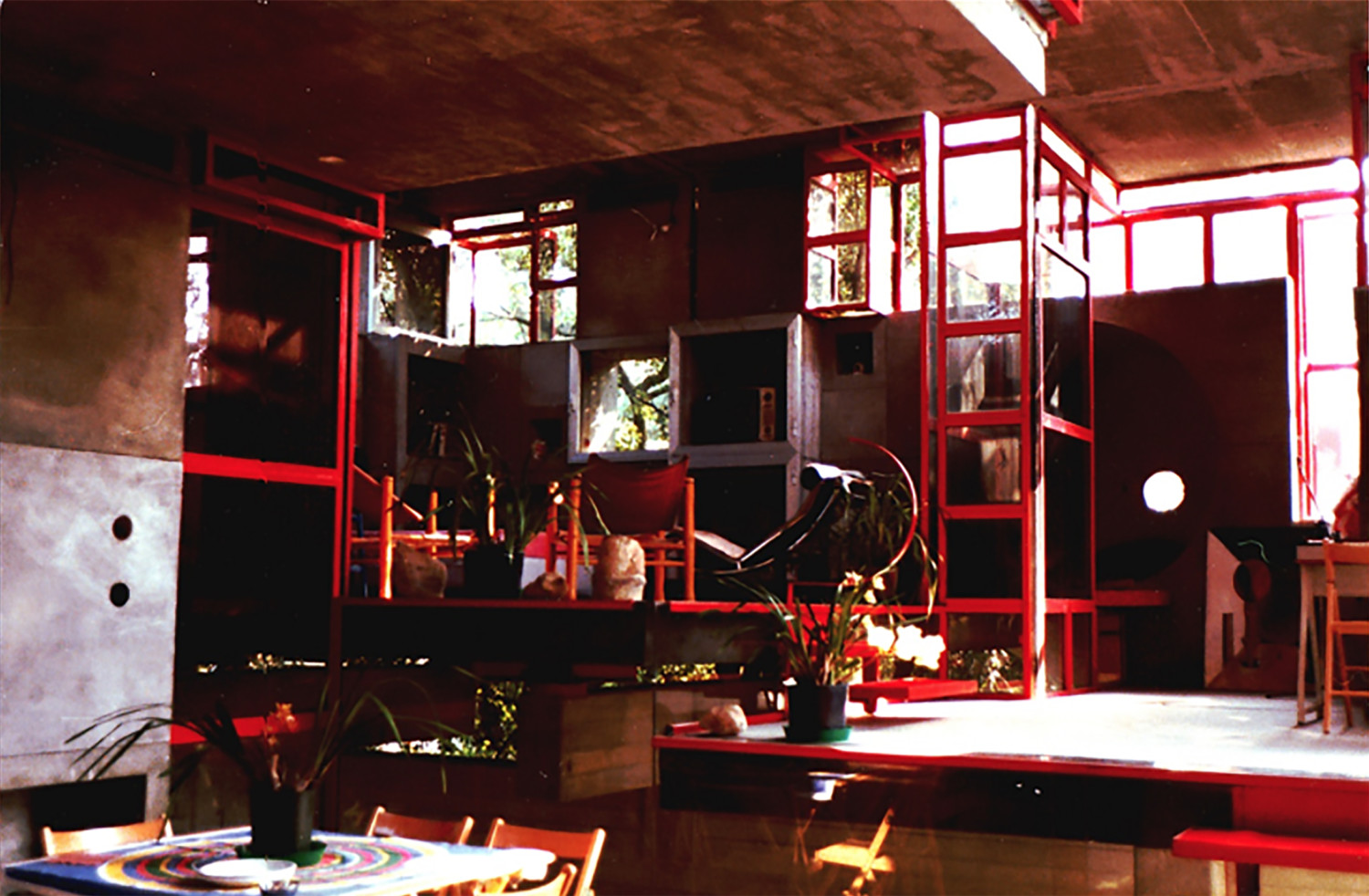
XXX
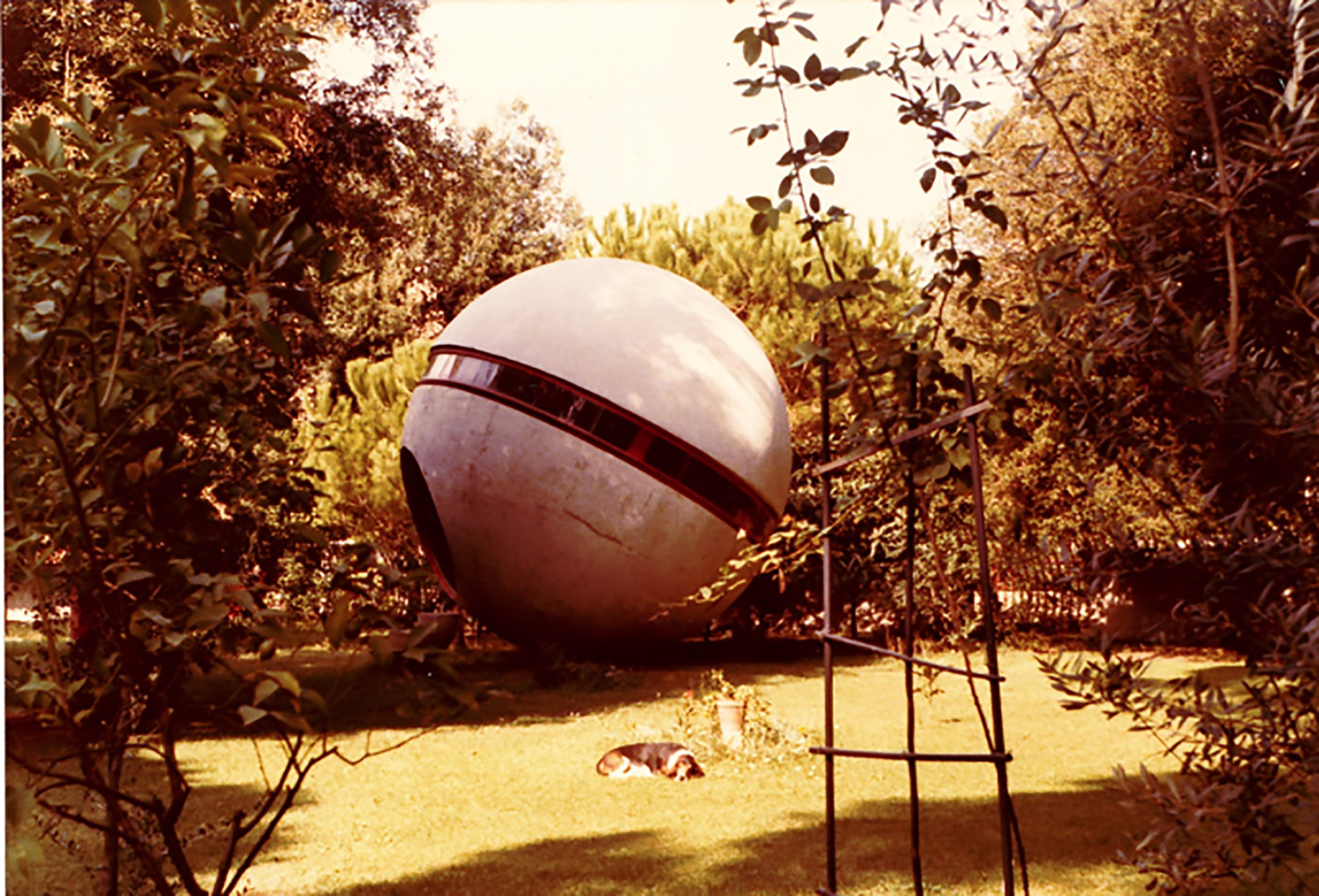
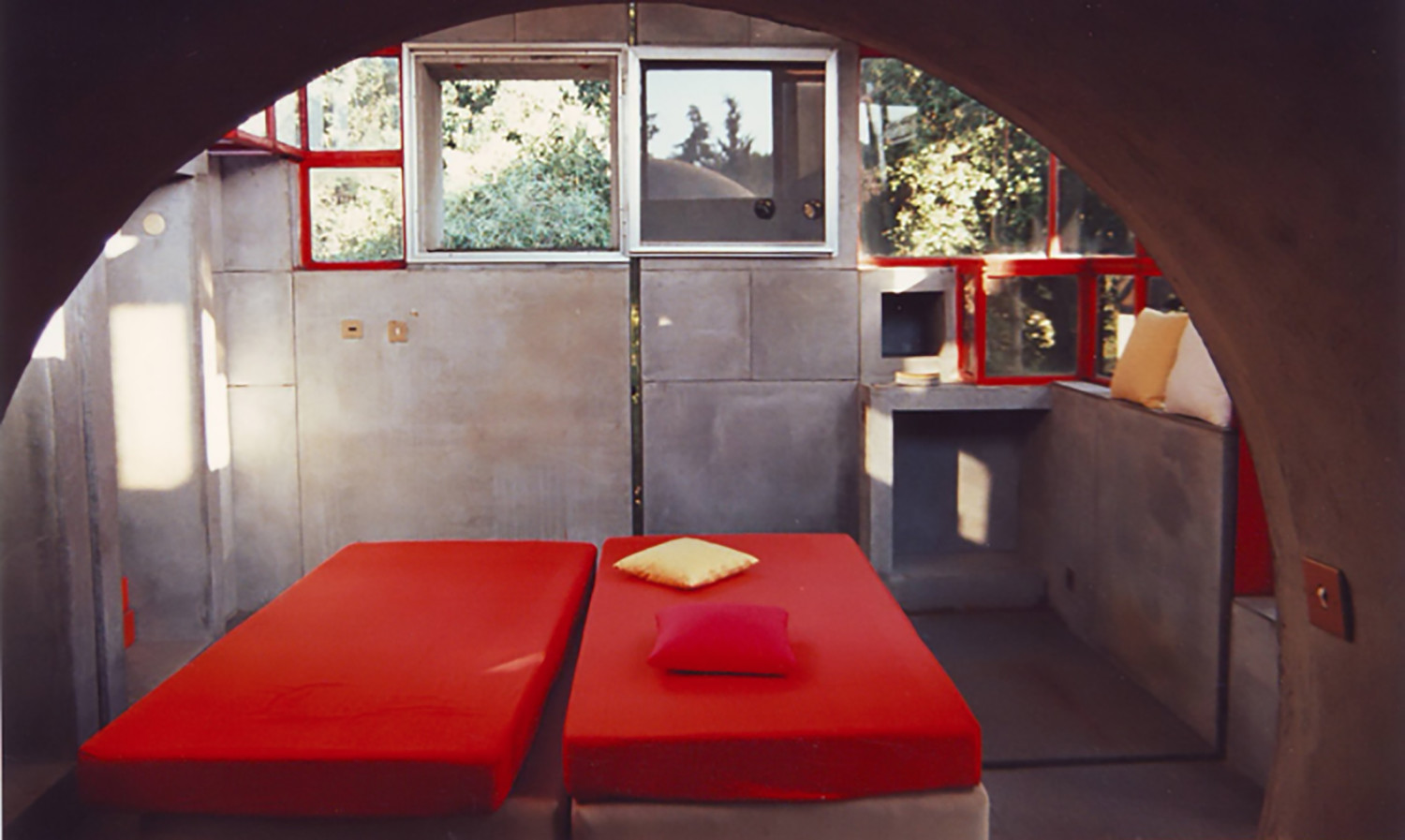
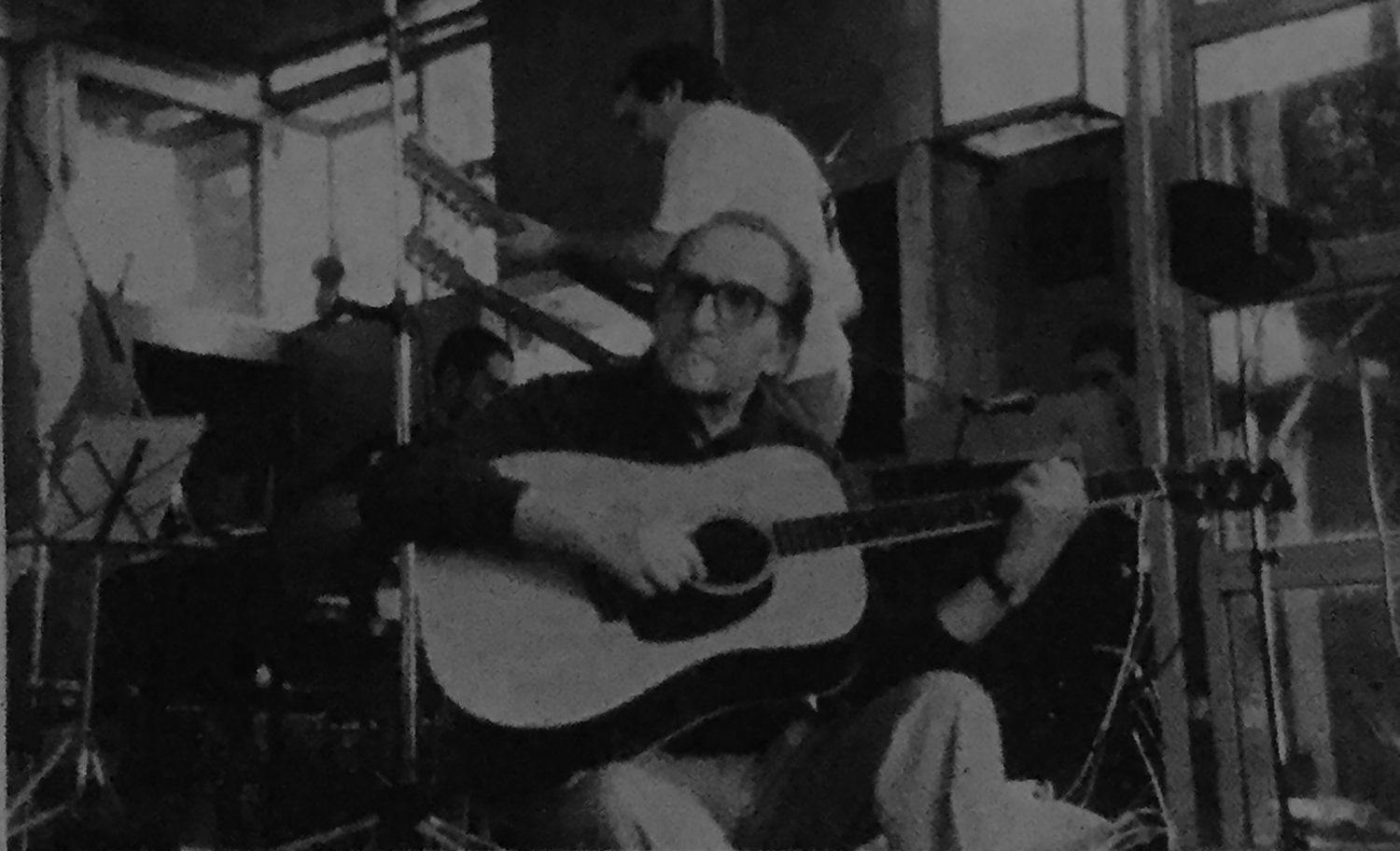
XXX
Monument, Architects: Nello Aprile, Cino Calcaprina, Aldo Cardelli, Mario Fiorentino, Giuseppe Perugini; Mirko Basadella, Francesco Coccia (sculptures)

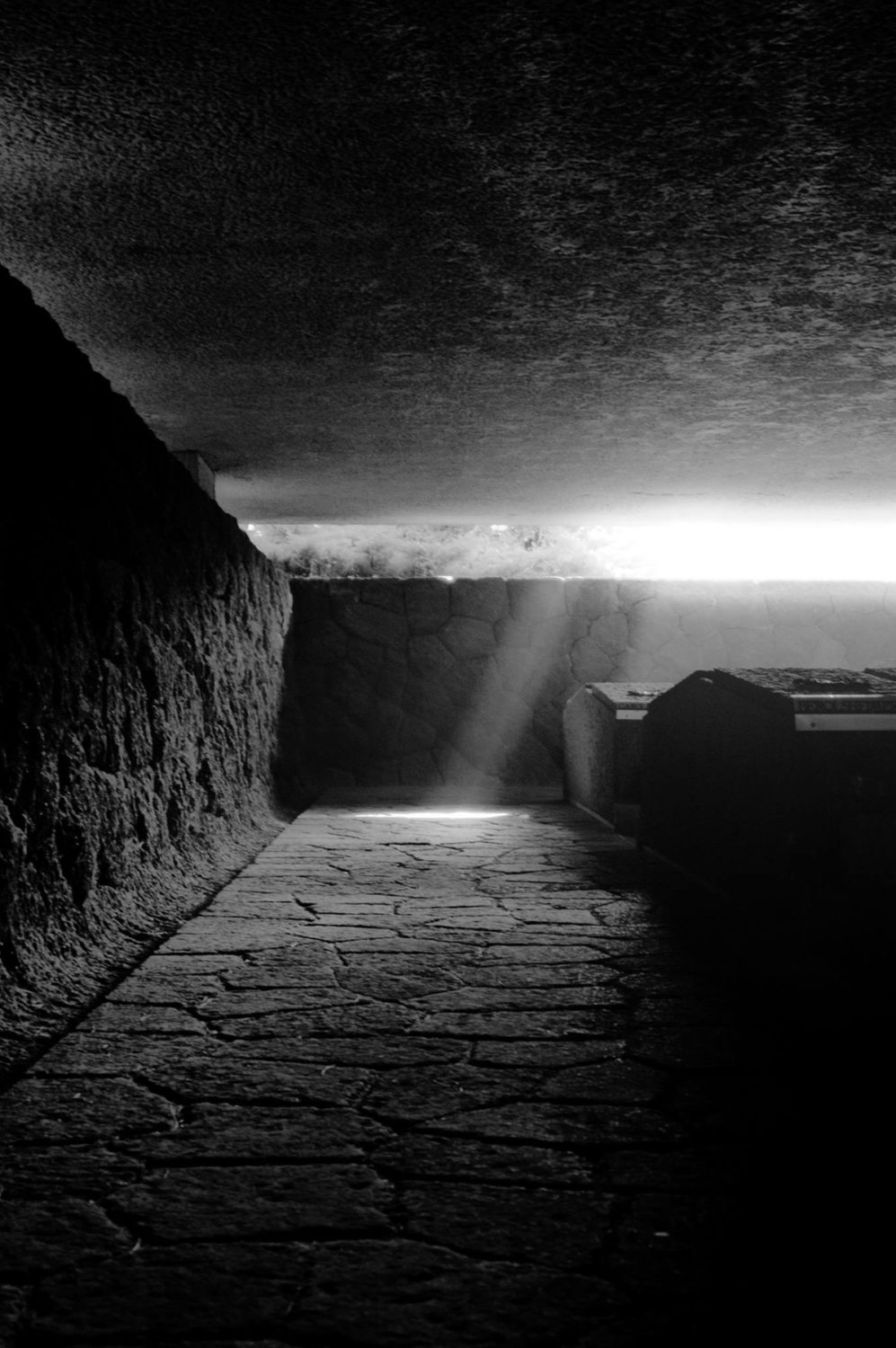
(Images from HERE)
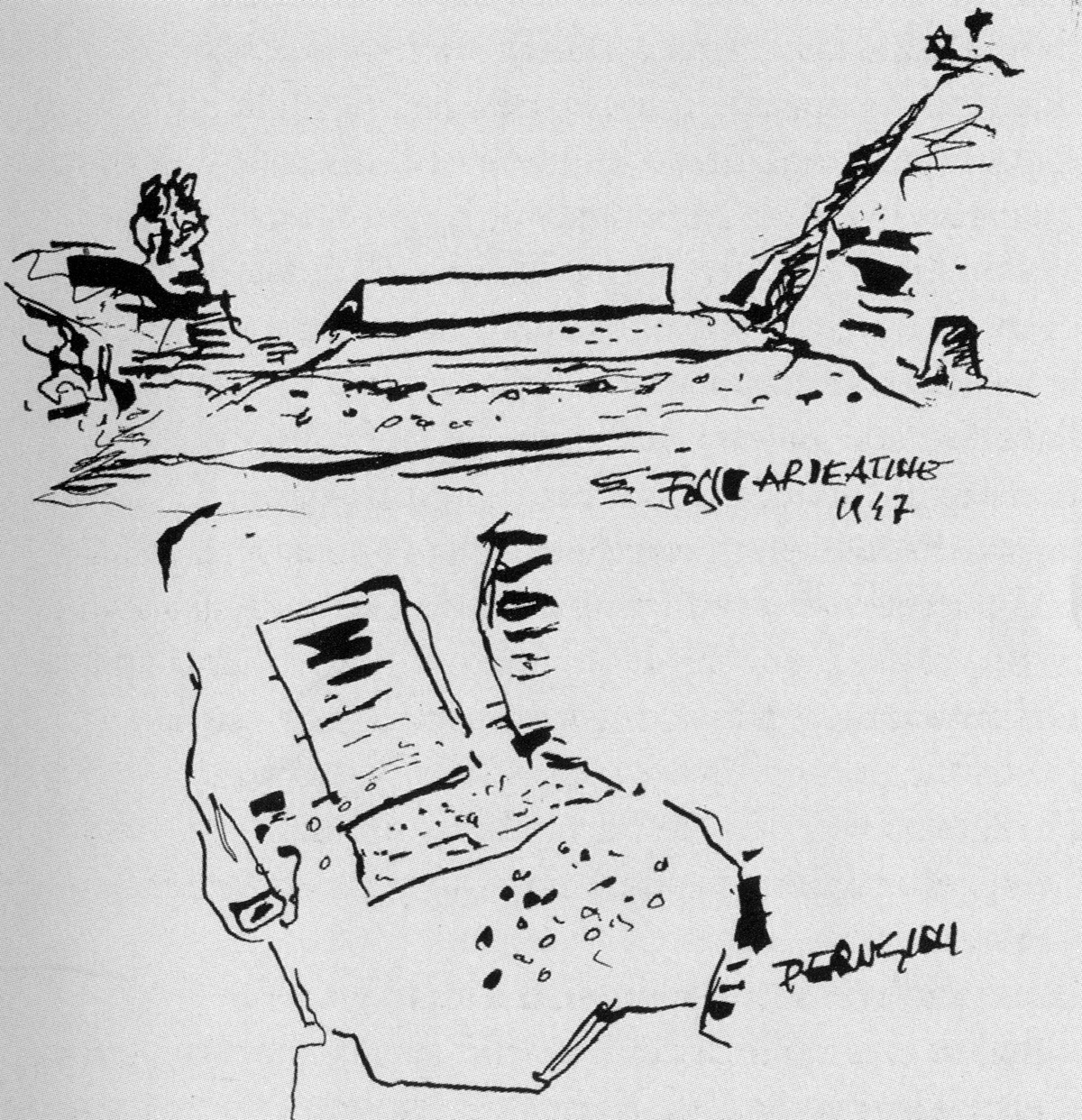
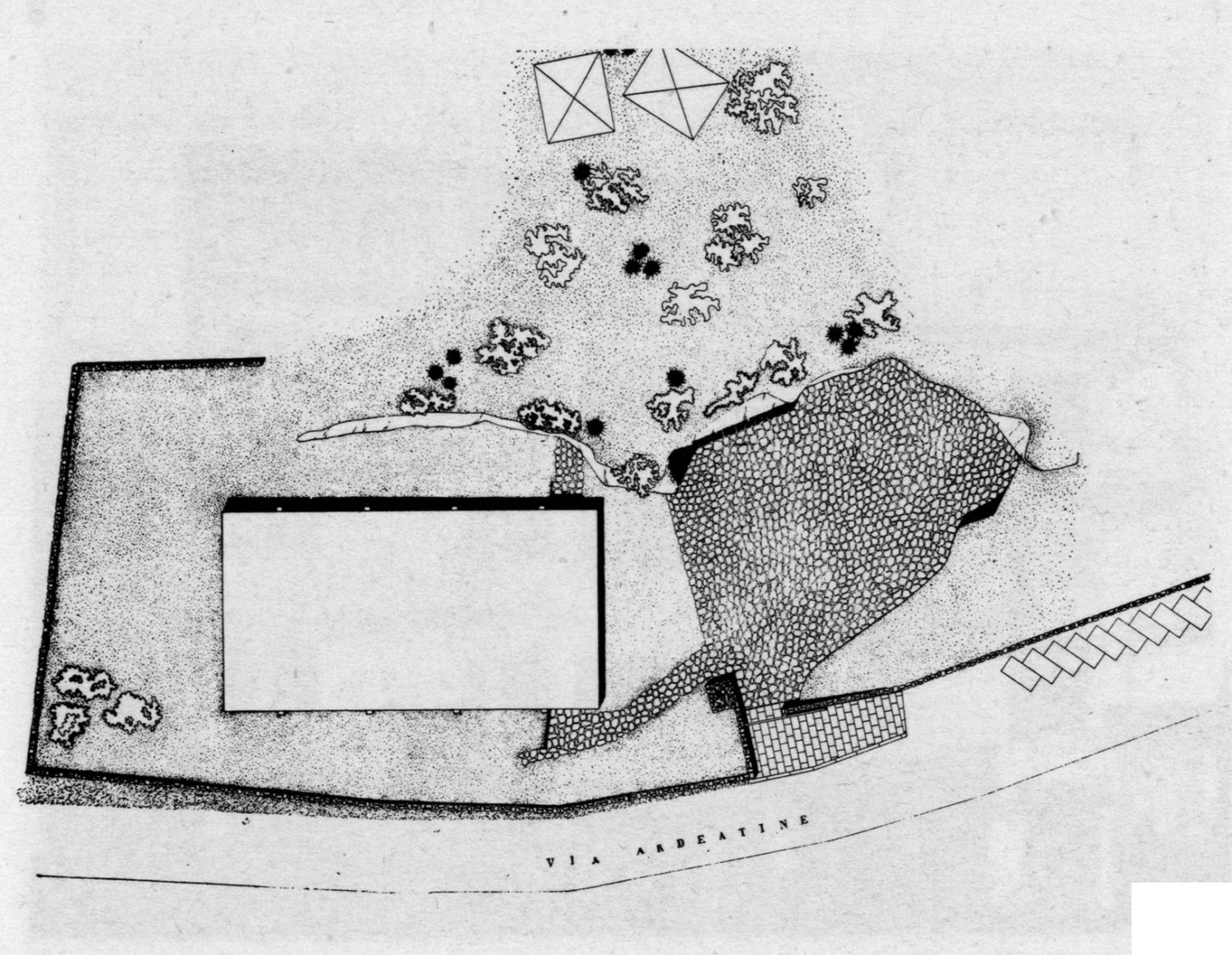
Adrian Forty: Concrete and Memory
‘The second memorial to consider is in Rome, at the Fosse Ardeatine, about two kilometres along the Appian Way, close to some of the Roman catacombs.
The memorial contains the graves of 335 Italians shot by the Germans on 24 March 1944, in reprisal for a partisan attack on an SS column in Rome, killing thirty-three Germans. Hitler himself ordered that ten Italians were to die within 24 hours for every dead German, and the local SS commander, Major Karl Hass, in his haste to carry out the order took the required number, plus an additional five, at random from those who were being held in prisons and police stations in Rome, although none of these were connected with the attack, nor were necessarily even partisans. The victims were taken to an abandoned pozzolana mine at the relatively remote Fosse Ardeatine, shot, and the caves dynamited to create a rock fall to conceal the bodies. Shortly after the German withdrawal from Rome on 4 June 1944, the site of the massacre was discovered, and excavated, and the bodies put in coffins, but left in the caves. In September 1944, while parts of Italy were still under fascist control, a competition was held for a memorial, and two designs were chosen. The two winning teams of architects were invited to collaborate to produce a final scheme, and it was this scheme, under the leadership of Mario Fiorentino and Giuseppe Perugini, that was built, and inaugurated on 24 March 1949, five years after the massacre.
From the start, there was controversy about the memorial. The relatives of the victims wanted the bodies to be left in the caves; but the caves were unstable, and lacked the monumental presence felt necessary to
commemorate not just the victims but also the event for posterity. The solution was to create a covered mausoleum connected to the caves, and which would be entered through the caves. The mausoleum consists of a shallow excavation, about 1.5m below ground level, containing the tombs of the 335 victims, covered by a single, monolithic slab, 48.5m by 26.65m, and 3 metres high, supported at only six points. Beneath is a dark cavernous space about 2 metres high, compressed beneath the enormous, almost unsupported slab and lit by a light coming through the narrow slit between it and the ground. The slit increases in height from 60cm at the entrance side, to 110cm on the side away from the entrance, an optical correction to make the slit appear an equal size all the way around. The soffit of the slab, though it appears flat, in fact curves upwards by almost 1 metre, so as to counteract the illusion such a large surface would give of bowing downwards. The soffit is sprayed with a rough concrete finish giving it the same appearance as the pick-hammered exterior finish of the outside of the slab, and making it seem that the slab is indeed a solid monolith. Seen from outside, the mausoleum is a thick unbroken slab that seems to hover above the ground. Apparently solid, it is in fact hollow, a concrete box with internal beams and trusses. Its outside surface is a thick concrete render applied to the concrete walls, and finished by pick-hammering to expose the Brescia brecca aggregate. What is therefore presented to the eye appears as a single stone, a stone so large and heavy as could never in reality have been quarried. In other words, concrete achieves what could never have been achieved with real stone; not only was no slab of this size possible in real stone, but also, if the concrete box had been clad in stone, there would have been joints, and these would have created questions about the means of support. Instead, here concrete goes beyond nature, and improves on anything that could be achieved with natural materials. It is important to see concrete being used here not as a substitute for natural materials, but as Josef Petry had written in 1913, a material whose beauty lay in its artificiality; but more than that, concrete here gives rise to emotions and sensations that could never be aroused by stone. At the Fosse Ardeatine, concrete is not a substitute for stone as a monumental material, it is superior to stone.
The Fosse Ardeatine is the major architectural production of the immediate post-war years in Italy, and indeed its genesis occurred even before the war had ended. The massacre was widely regarded as marking the birth of republican consciousness: it is a founding event in the history of the post- war Italian Republic, and moreover, because it occurred in Rome, helped establish Rome as the place of the Republic’s origin. (And the explicitly Roman features of the mausoleum, where as Tafuri puts it ‘geometry compromises with matter’,helped emphasise Rome’s claim in this regard). The memorial is loaded therefore with political significance, and indeed is still visited by parties of Italian schoolchildren learning their martyrology. Aldo Aymonino writing in 1998 comments, ‘The end result provided the newborn republic with one of the only two national monuments that the country has been able to produce over the last fifty years’ (the other being, in the author’s view, the Autostrada del Sole).
And like the Autostrada, the Fosse Ardeatine is made of concrete. The choice of concrete was, as already explained, partly for aesthetic reasons, but also had political connotations. First of all, it is a reaction to the ‘imperial’ imagery of the monuments of Mussolini’s Italy:
compared to the invariable classical references of these, the Fosse Ardeatine is modernist in its muteness and absence of iconographical symbols (though there is a socialist realist sculpture standing next to it, a feature that was deplored by critics then and since)Instead, all the iconography is in the materials.
Second, in the context of Italy in the 1940s, concrete was not a ‘cheap’, nor a surrogate material; as the material of reconstruction, then in short supply, to expend so much concrete on a memorial was, at this date, an act of sacrifice. And, third, although Mussolini’s memorials were invariably made of stone, fascist Italy had been an enthusiastic and creative user of concrete. Import restrictions encouraged Italian engineers, most famously Pier
Luigi Nervi, to produce some of the most innovative structures of the time, and even more than in Germany, concrete was the material that demonstrated the technological progressivism of the state. Another indication of how concrete was valued in fascist Italy is the curious ‘shrine’ in the Casa del Fascio at Como – in the office of the Party Secretary, a section of a free-standing column was left as raw concrete, and encased with a glass cabinet in which various fascist memorabilia were displayed. At the Casa del Fascio, the concrete skeleton was entirely covered by other materials, except here, in the inner sanctum, where it was exposed as if it were itself a religious relic.
If concrete in Italy was a fascist material, one of the tasks of post-war Italian architecture was to decontaminate concrete of its fascist connotations. In fact, the process had already begun before the war had ended, for the Germans had as they retreated blown up all the ingenious concrete lattice structure aircraft hangars that Nervi had built for the Italian airforce in the late 1930s. This act of destruction, which Nervi always mentioned whenever he referred to the hangars after 1944, conveniently liberated concrete, allowing it to become the material of the new republic.
The Fosse Ardeatine is the first of the post-1945 ‘empty-box’ memorials, a type that has been repeated fairly regularly since – for example, the Yad Labanim memorial in Tel Aviv (1963–64). The oppressive concrete slab hovering over a void has also been repeated, at among others the Yad Vashem memorial in Jerusalem (1953), and the Resistance memorial at Udine in Italy (1959–69). But because big slabs and empty boxes have become
familiar motifs of memorials, we should not assume that they, or concrete itself, are ‘natural’ signifiers of memory. At the Fosse Ardeatine, it was a very conscious and deliberate choice, concerned with producing an object that was free of the symbolism of the previous regime, and exploiting the material of reconstruction to create something that was more than could be achieved in any natural material. We cannot assume that the conditions that applied at the Fosse Ardeatine would also apply elsewhere, or that they could be relied on to evoke the same meanings. Nonetheless, the choice of material in both this case, and the next, contributed to the habituation of concrete as a material of memory.”
This excerpt was published In Mark Crinson, Urban Memory, 2005


Zevi began his treatise by declaring that modernism is an “anti-classical” language. One way of looking at modernism is to see it as a reaction and repudiation of Beaux-Arts theory and practice. Zevi stressed that modernism should be ungoverned by stylistic clichés such as the classical Greek and Roman orders. The creation of a modern language by which aesthetic decisions may be made with some consistency presents a dilemma: superficial form and familiar patterns must be excluded or else one falls into just another type of classicism. Zevi overcame the dilemma by elaborating “seven invariables” that describe aspects of a modern process and give guidance regarding key aesthetic decisions without prescribing particular aesthetic motifs.
The seven invariables are summarized as follows:
1. Functional listing.
This is a characteristic activity in the design process in which the desired performance of the building is decomposed into units and sub-units. Zevi places response to function as the premier aspect of modernism. The idea has a long pedigree dating back to Louis Sullivan’s statement that “Form ever follows function” [5].
2. Asymmetry and dissonance.
The modern approach is to avoid symmetry and regular patterns. Zevi suggests that a truly functional design cannot be subjugated o an a priori desire for symmetry. A symmetrical building must always compromise function. Even when there is no functional reason not to use symmetry, Zevi recommends a dissonant pattern to express individuality and emphasize that the building is not symmetrical.
3. Antiperspective three-dimensionality.
Most buildings consist of rectilinear forms that are easy to draw and easy to conceive. Zevi suggests that before the invention of perspective in Renaissance Italy, buildings and cities were composed to provide rich volumetric forms. With the introduction of perspective methods and an architecture profession, buildings were subjugated to the “tyranny of the T-square.” Architecture was limited to forms that were easy to draw and easy to communicate to a builder. Zevi suggests a modern architecture that is spatially complex so that it cannot be easily portrayed in orthographic projections and one-point perspectives.
4. The syntax of four-dimensional decomposition.
This invariable is concerned with the quality of space. In contrast to the Beaux-Arts attitude of multiple compartments, modernist space is flowing and indefinite. The boundaries depend upon how the occupants are using the spaces at the moment. The impression is that of unlimited expanse rather than limited enclosure, and of movement rather than a static box.
5. Cantilever, shell and membrane structure.
A key part of modernism has been structural innovation. The stone construction of classicism has been replaced by steel spans and reinforced concrete. A modern design makes use of advanced engineered structures to create breathtaking forms.
6. Space in time.
Closely related to fourth dimensional decomposition, this invariable emphasize movement and change. Modern architecture is concerned with paths through space, the passage of time as marked by the sun and the seasons, and an awareness of past, present and future. Rather than being timeless like a classical monument, a modern building should help one to be intensely aware of time.
7. Reintegration of building, city, and landscape.
The disparate invariables of the modern language must all be brought together in a reintegration. The scope of the designer’s attention spans from the hand scale to the global scale. The notions of inside and outside are metaphorical in that every location is inside one boundary and outside another boundary. Modern architecture recognizes this truth and employs subtle gradations between inside and outside and multiple readings of them.
These seven invariables provide students with a principle by which they can make aesthetic decisions. The pedagogical intent of presenting them to the students is to help them to be aware that aesthetics can be objective and intellectually engaged. By further applying the invariables, the students begin to replace a naïve aesthetic that is without intellectual foundation with a consciousness of sophisticated aesthetic concepts
Source:
https://www.researchgate.net/publication/221249315_Diagraming_Aesthetics_Modernism_and_Architecture
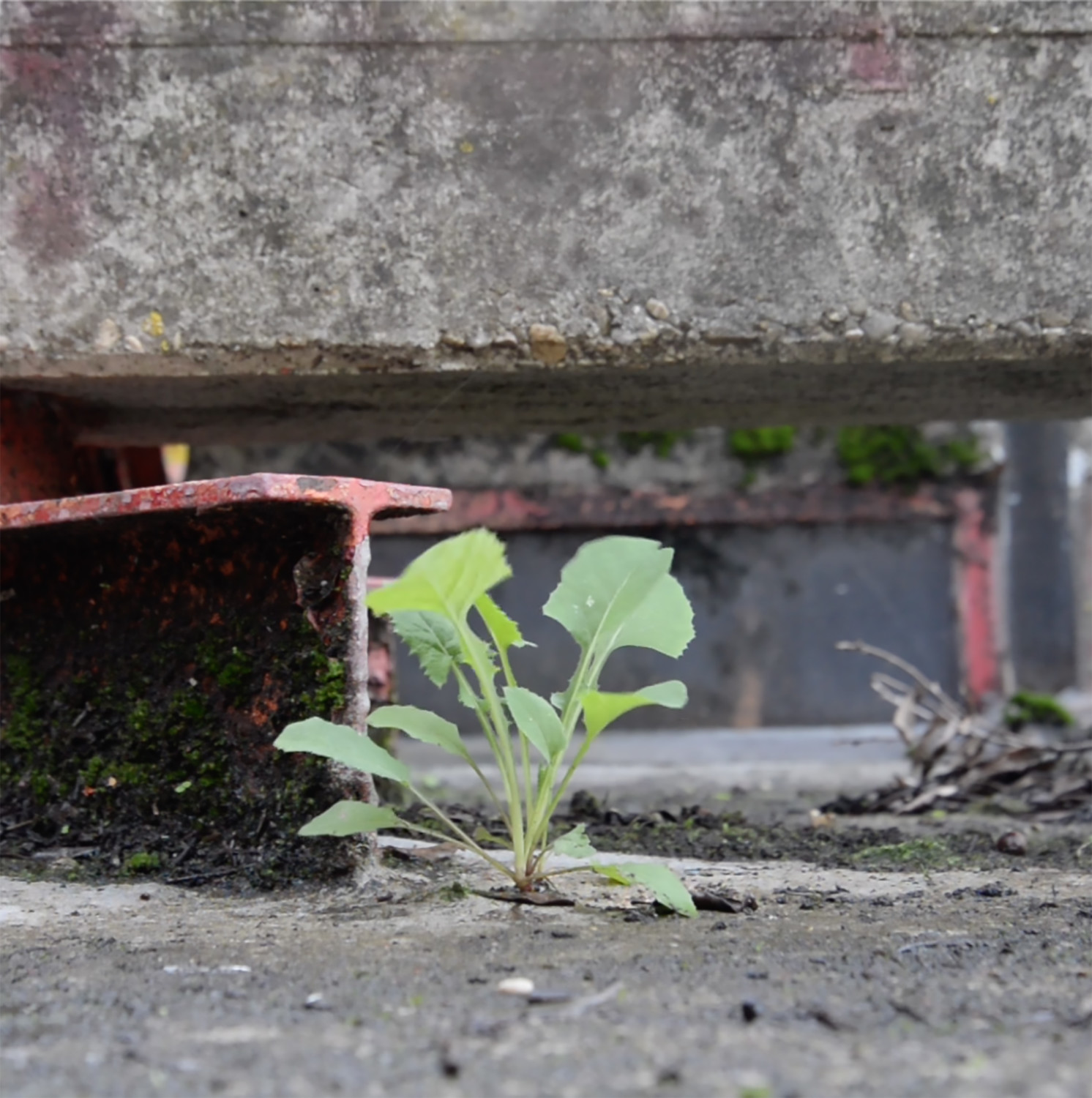
Year of neglect have left the structure open to the elements. Plants and moss are growing o nthe woofs and walls, the surrounding trees start encrouching on the buidling.
Water ingress in the in-situ concrete is slowly erodign the structutre compromising it’s structural integrety.
Two of the main metal couplings at the roof holding the building together have dangerously eroded away.
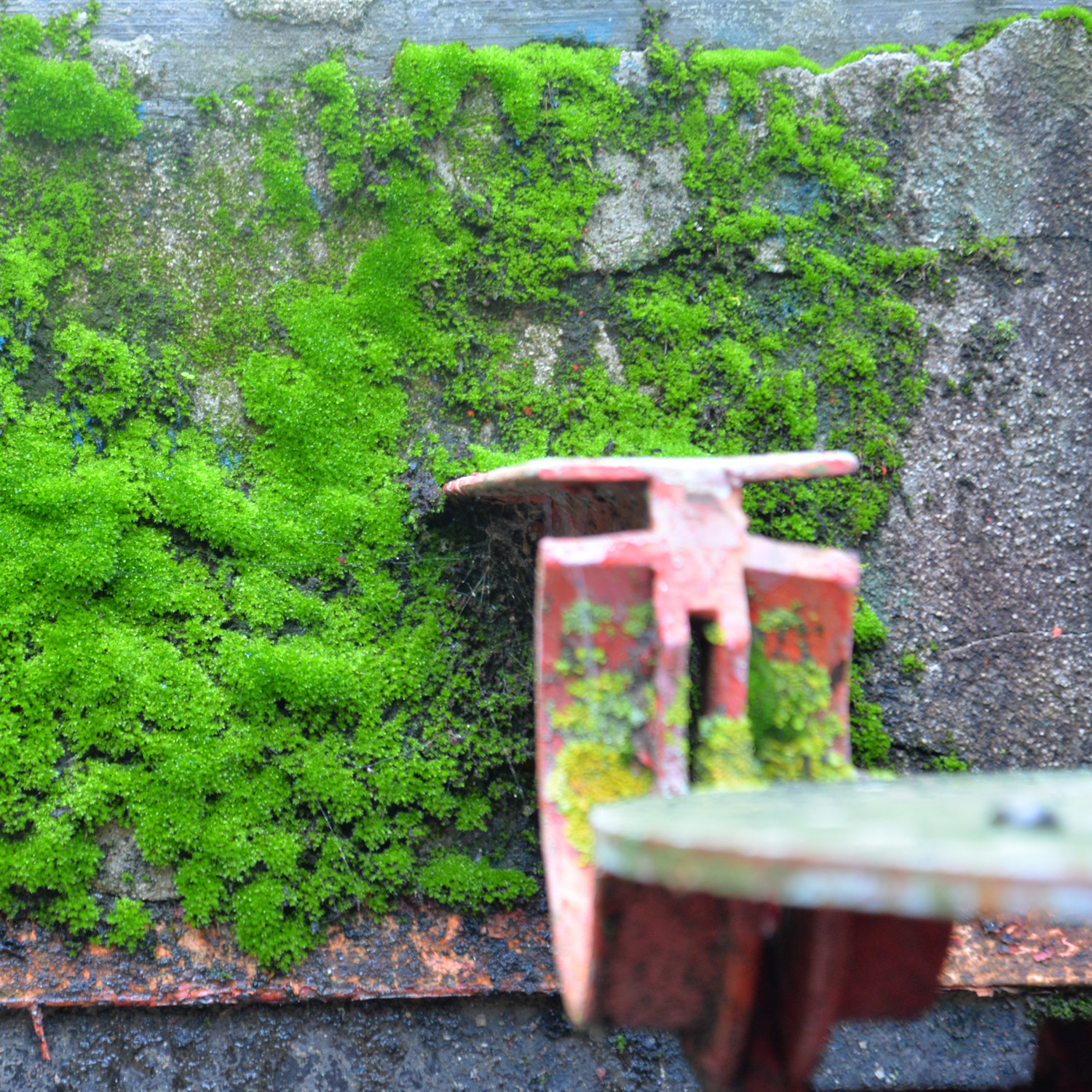
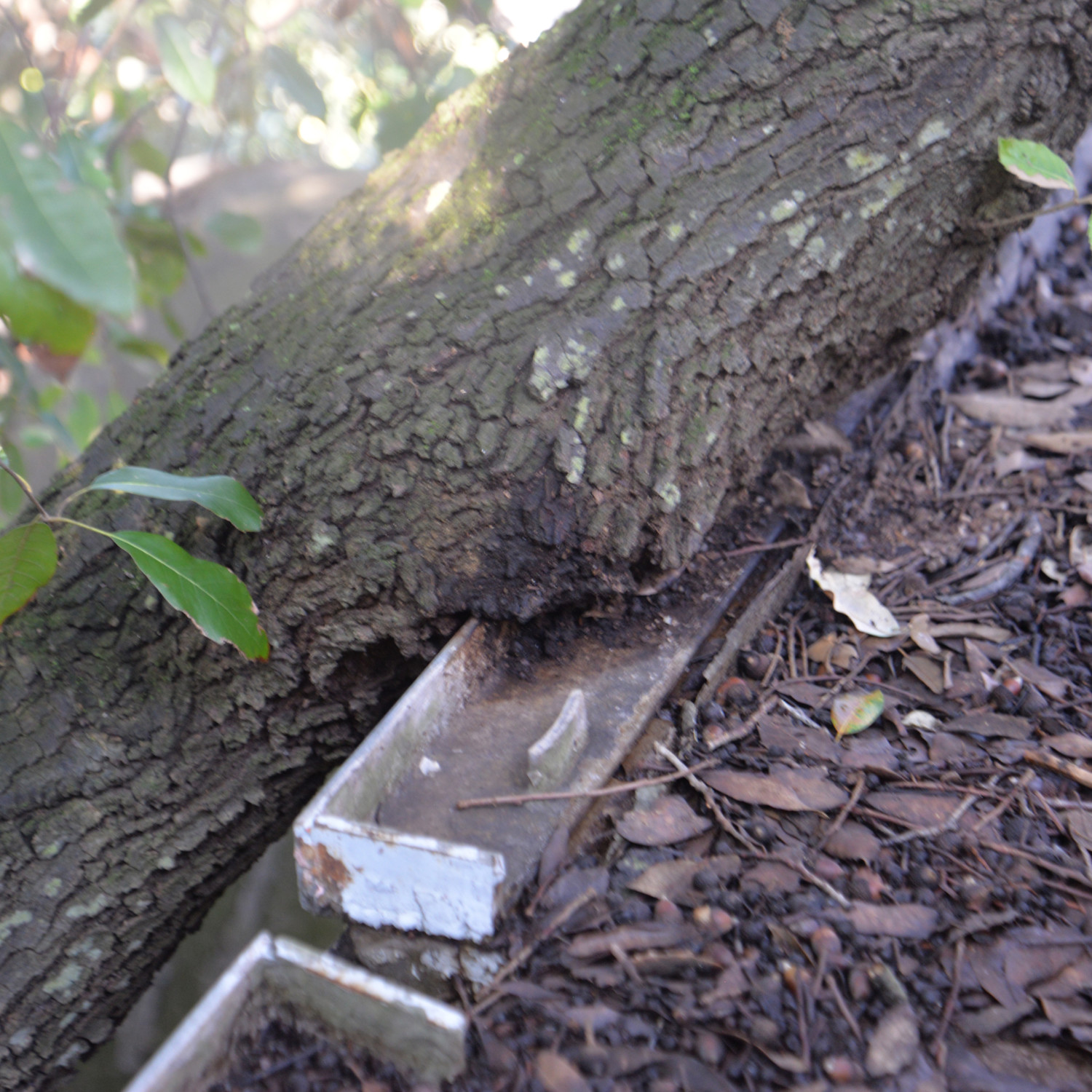
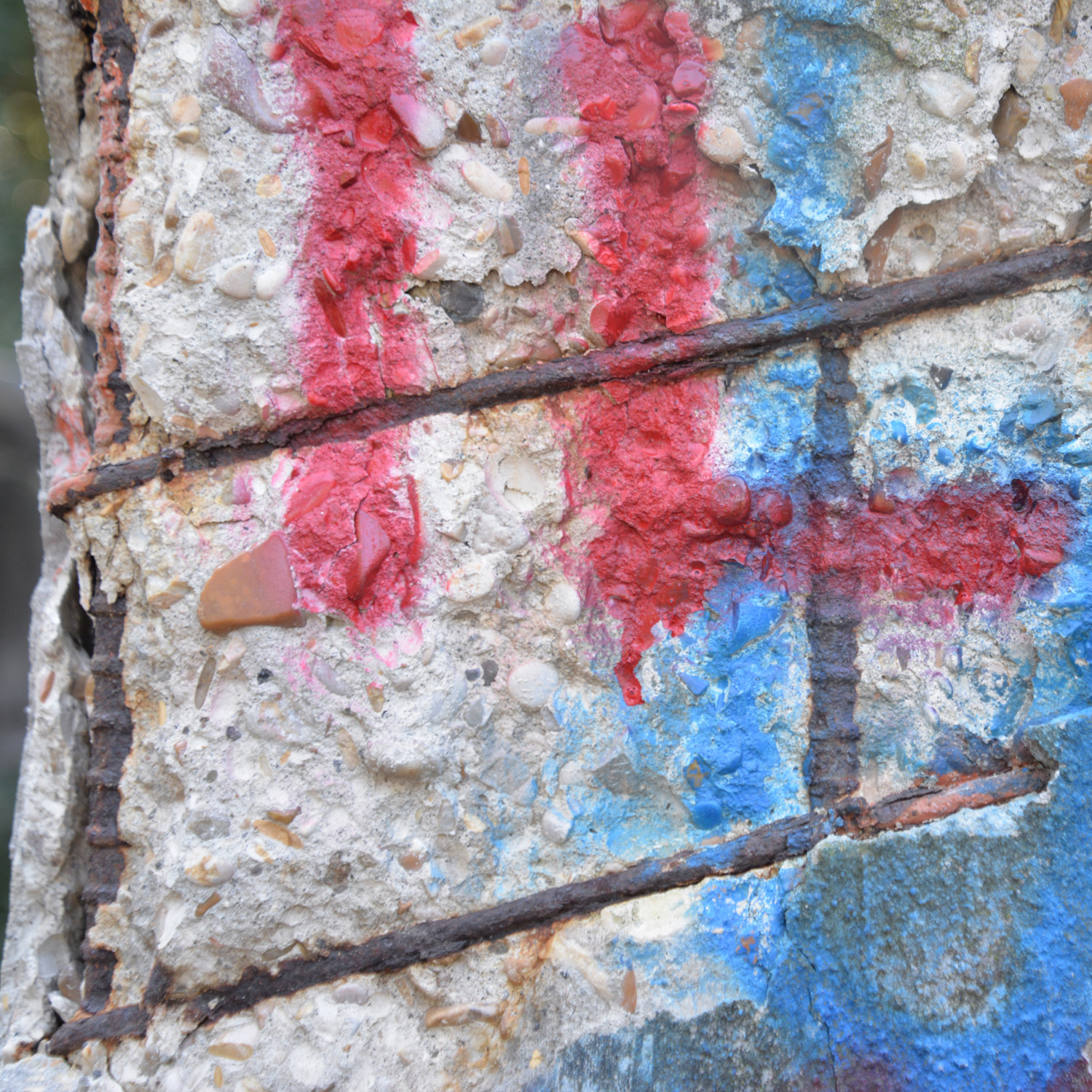
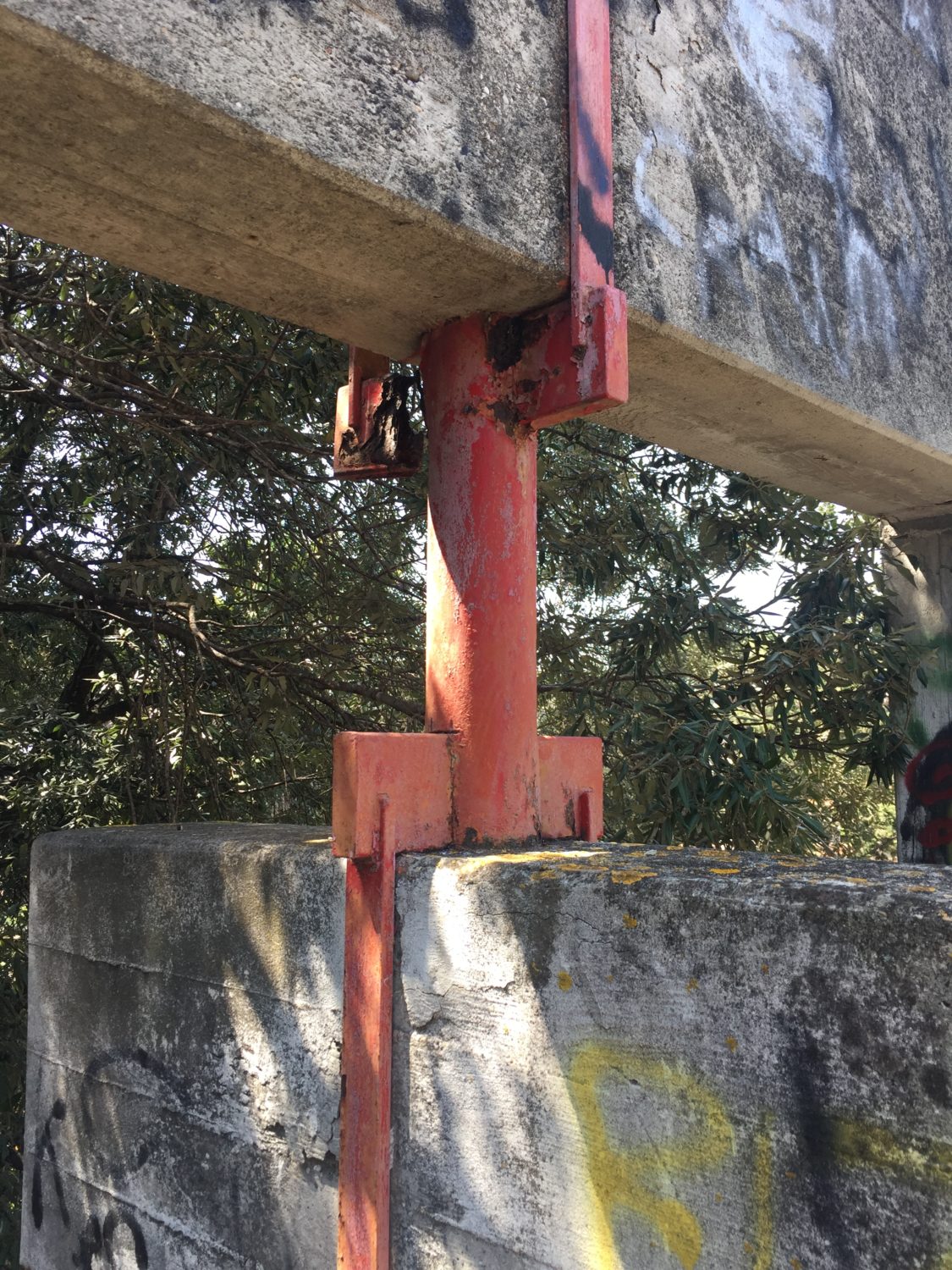
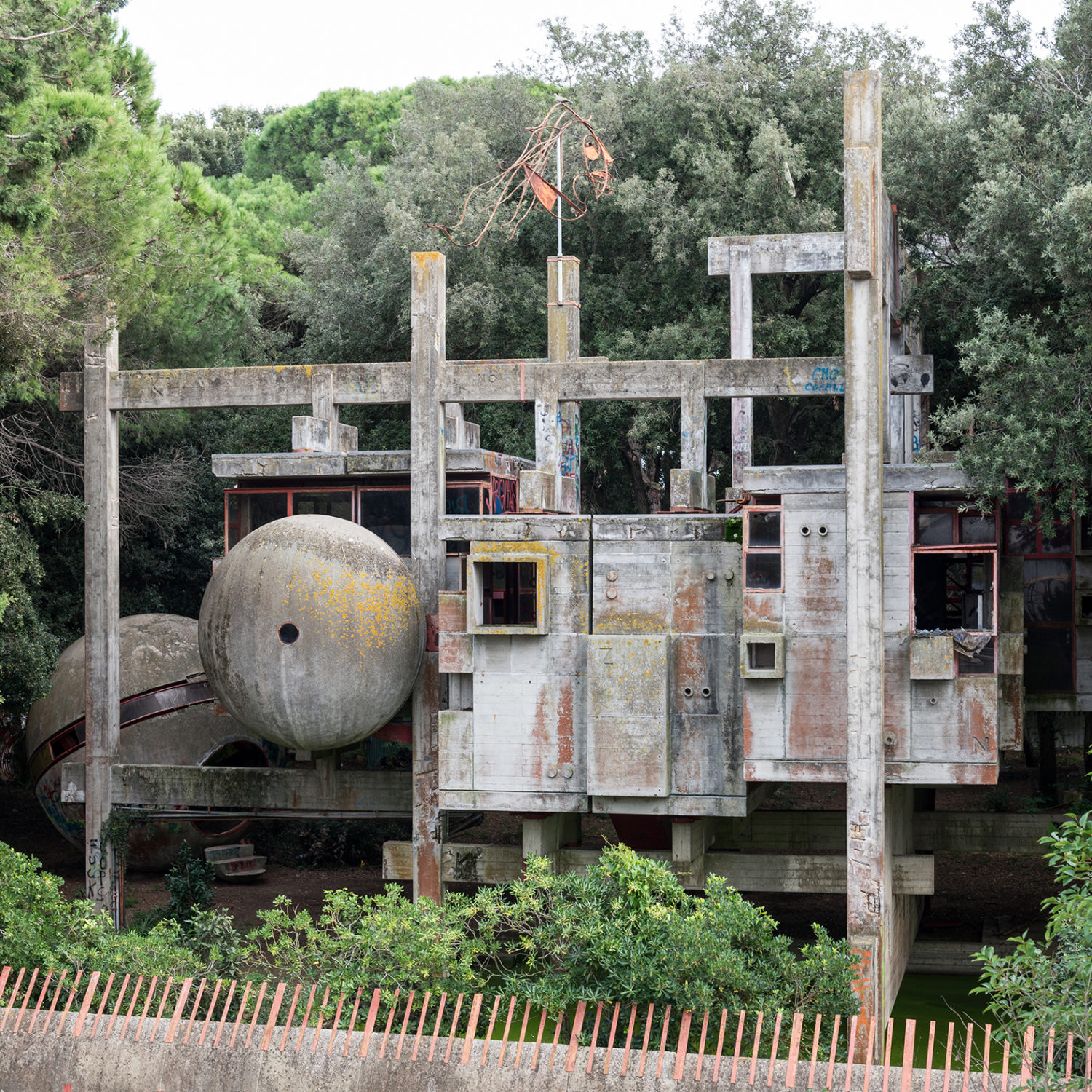
The Casa Sperimentale – A Chronicle of Experimentation
Architects experiment – it is in their nature. Some push what is possible, what is accepted and what is rational to their limit. Some experiments result in success, others fail. The Casa Sperimentale is one of these amazing built experiments. Surprisingly largely unknown to the architectural community it has been never published. It is seen as an example of experimental brutalist architecture that deserves to be listed alongside projects including the Barbican, the National Theatre in London and the Banco di Londra in Buenos Aires. But it isn’t born out of a Brutalist mindset – actually it is exactly the opposite: It is a refined structure, created as the result of a democratic process, designed along with ideas of an organic architecture. Yes, it is made of concrete but please do not call it Brutalist, you are not doing it any justice.
Today it slowly deteriorates, being broken into, vandalised, covered in graffiti, used as a track for urban parkour, it’s a well known Instagram spot, an illegal party location, there are myths about it, and sadly might soon be beyond repair and lost forever.
Our research is uncovering and documenting the story of designing, building and living in this extraordinary structure. For the last five years, we are working on documenting and taking part in an effort to rescue this amazing piece of architecture.
The Italian architect Giuseppe Perugini, together with his wife Uga de Plaissant and their son Raynaldo embarked on a journey to build a summer house in Fregene, a coastal suburb of Rome. In 1968 they started the construction of their Casa Sperimentale – the Experimental House – now also known as Casa Albero – the Treehouse. The house was conceived as an experimental living environment in which the boundaries between the composition of space and the construction methods were pushed to the very limits.
Working with a local builder they worked over the years to translate ideas developed by working with early computing in architecture and their interest in the baroque architect Borromini, their interest in an organic architecture, research into pre-fabrication, pottery (for the making of the concrete shells) into one building. Working only from sketches with no actual construction drawings the building was developed as a step by step organic process.
At the Casa Sperimentale, the Peruginis experimented with a series of concrete cube elements and precast spheres hung off a concrete superstructure. The living spaces were separated, de-composed and re-composed into a three-dimensional grid. All the concrete elements are defined and separated through narrow panels of glass in the walls, floors and ceilings offering glimpses of the supporting structure and the surrounding site. Floors and walls are seemingly floating. Taking reference from Borromini’s San Carlo – one of the research interests of the architect, the walls are formed as a series of niches and cupboards set into the concrete. No plans were made of this arrangement. A series of concrete elements were cast on-site and then assembled like a kit of parts making decisions as they went along. All the walls are individual concrete elements that are exchangeable.
The main living areas are accessed via a steel staircase and are organised over two main levels meandering upwards to the roof terrace. All the surrounding walls are penetrated by a series of openings, cast concrete storage cupboards and suspended concrete spheres containing the bathrooms.
The site is surrounded by a curved concrete fence. In front of the building is a spherical orb the Palla – an observatory looking back to the house. This has been cast in the sand deposits of the site and extracted from the earth.
After the death of the parents the house became abandoned in the late-1990s, with the guest buildings on site been inaccessible since 1985.
Today there is a growing curiosity in the house and its history but so far very little research has been undertaken to document the building and to uncover it’s (hi)story. We are very fortunate to be working with the family of Giuseppe Perugini to document the building and uncover parts of its history.
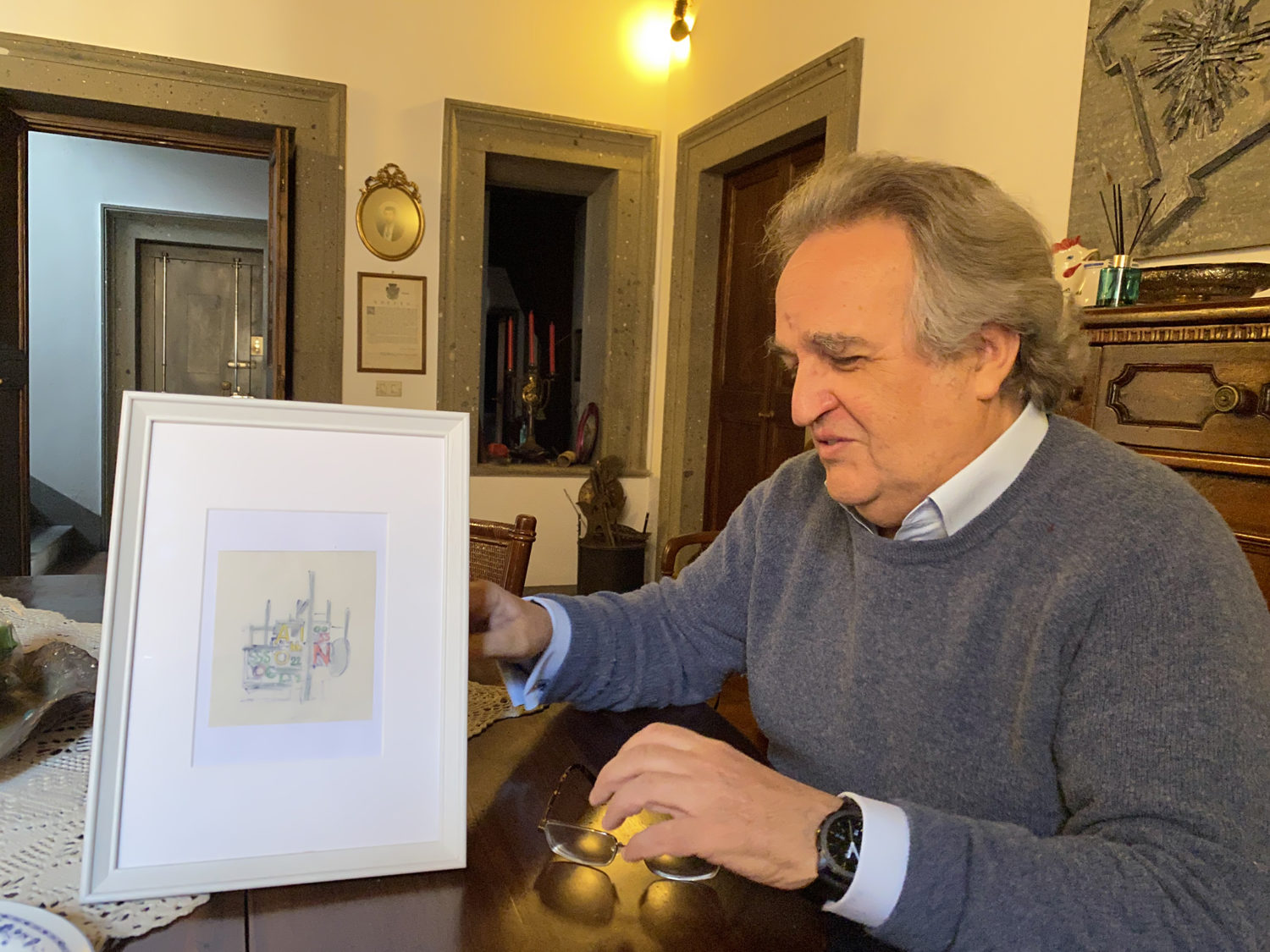
Raynaldo Perugini showing us some of the sketches from the archive, April 2020.
We discovered the Casa Sperimentale in the same way we find stuff nowadays – on the web. Coming across an image of the structure we haven’t seen before made us curious. After more than five years of visiting, cutting away the trees, researching in archives, listening to stories and making connections we feel ready to share our findings on this new website.
Our jounrey with the Casa has only begun.
Sabine Storp + Patrick Weber, London July 2020